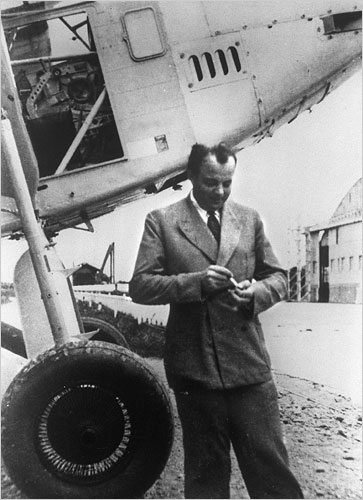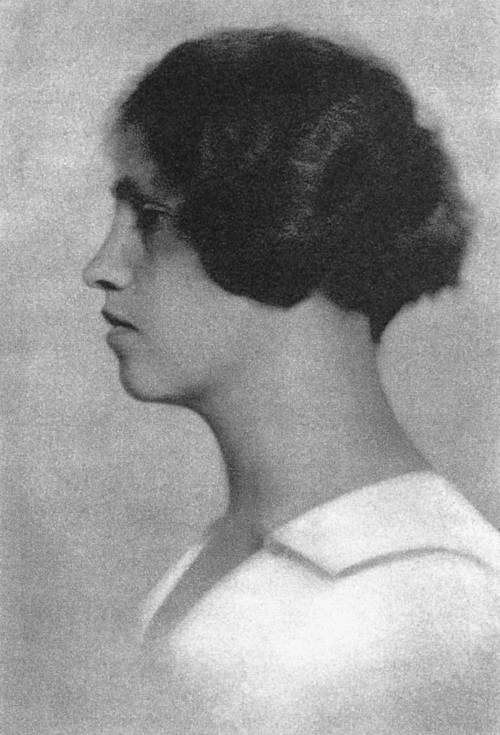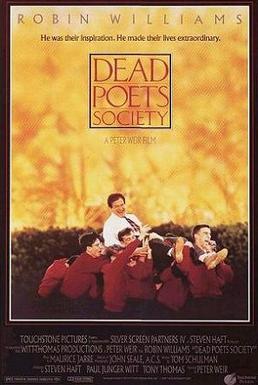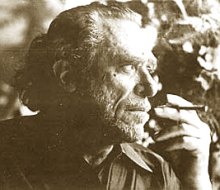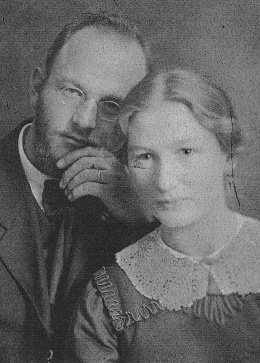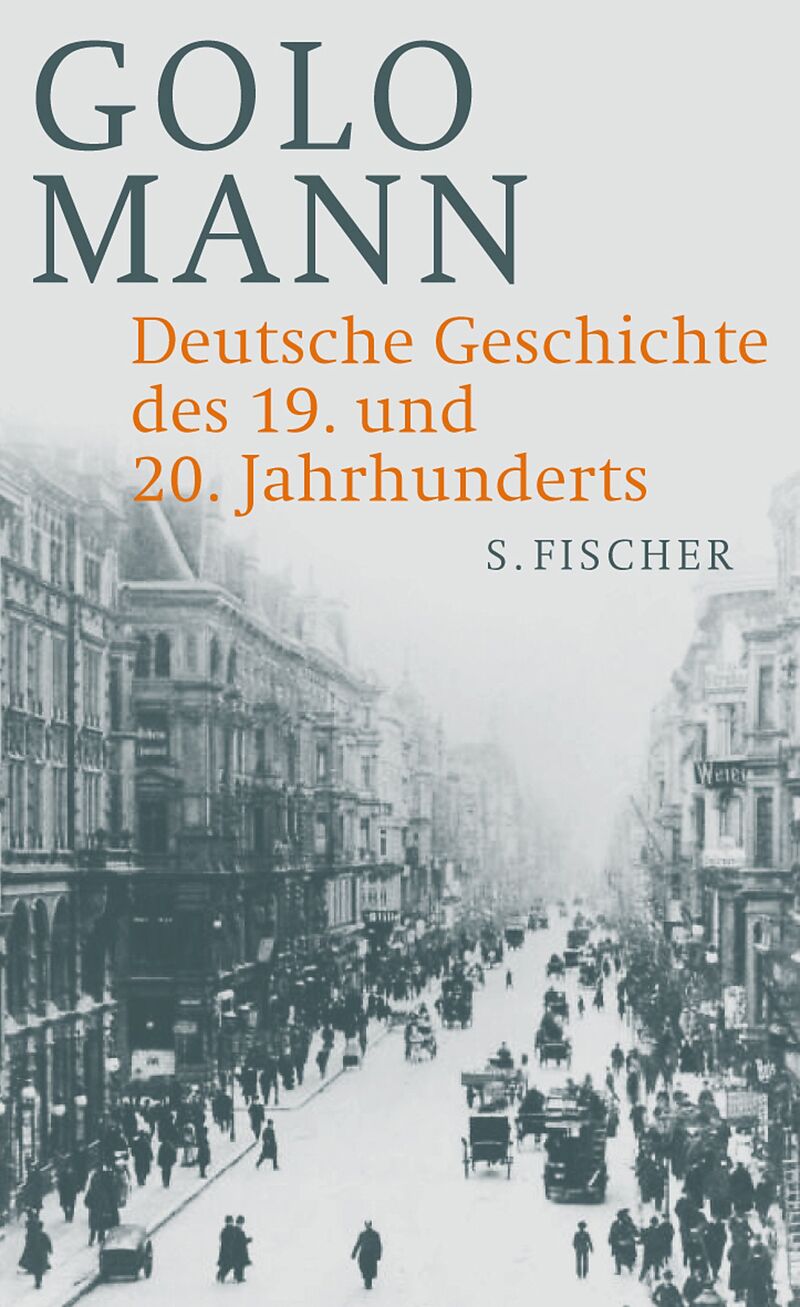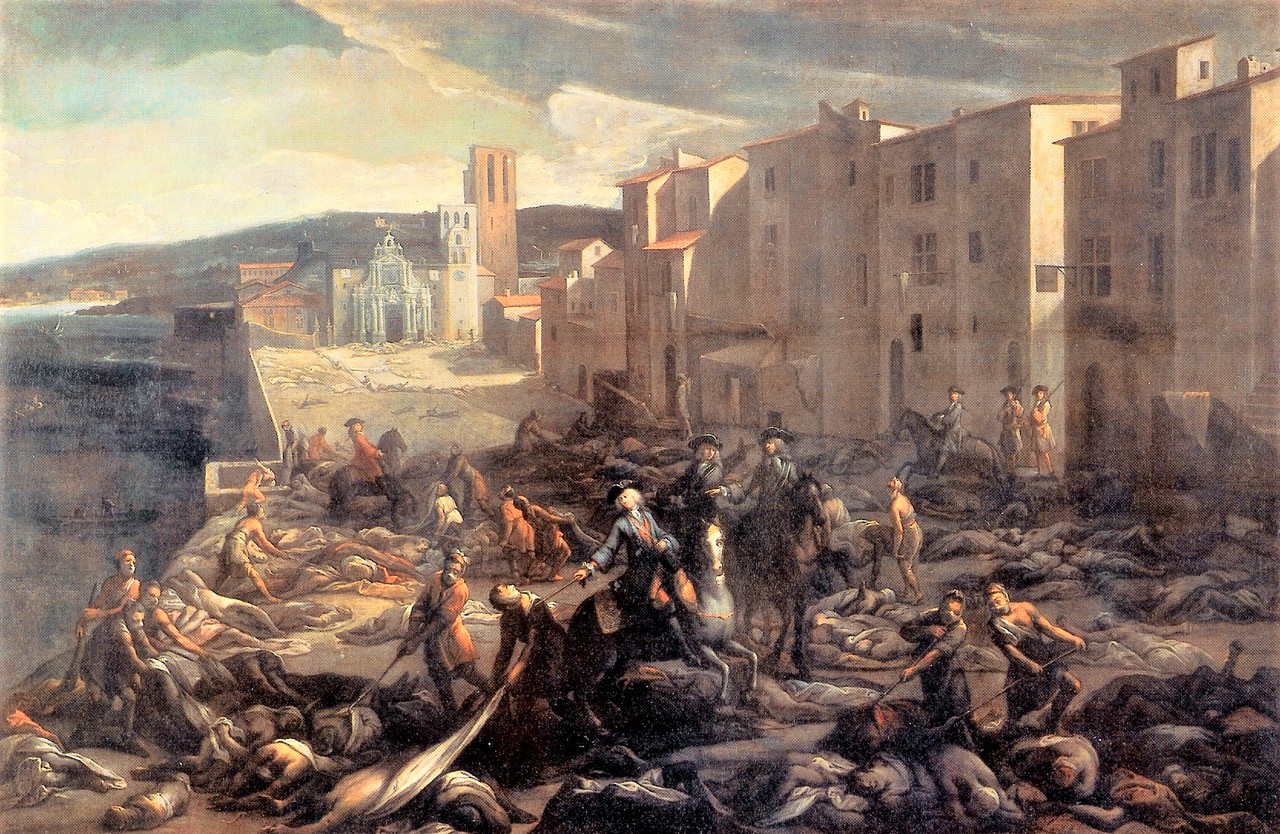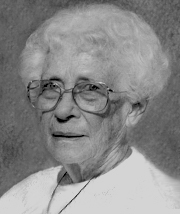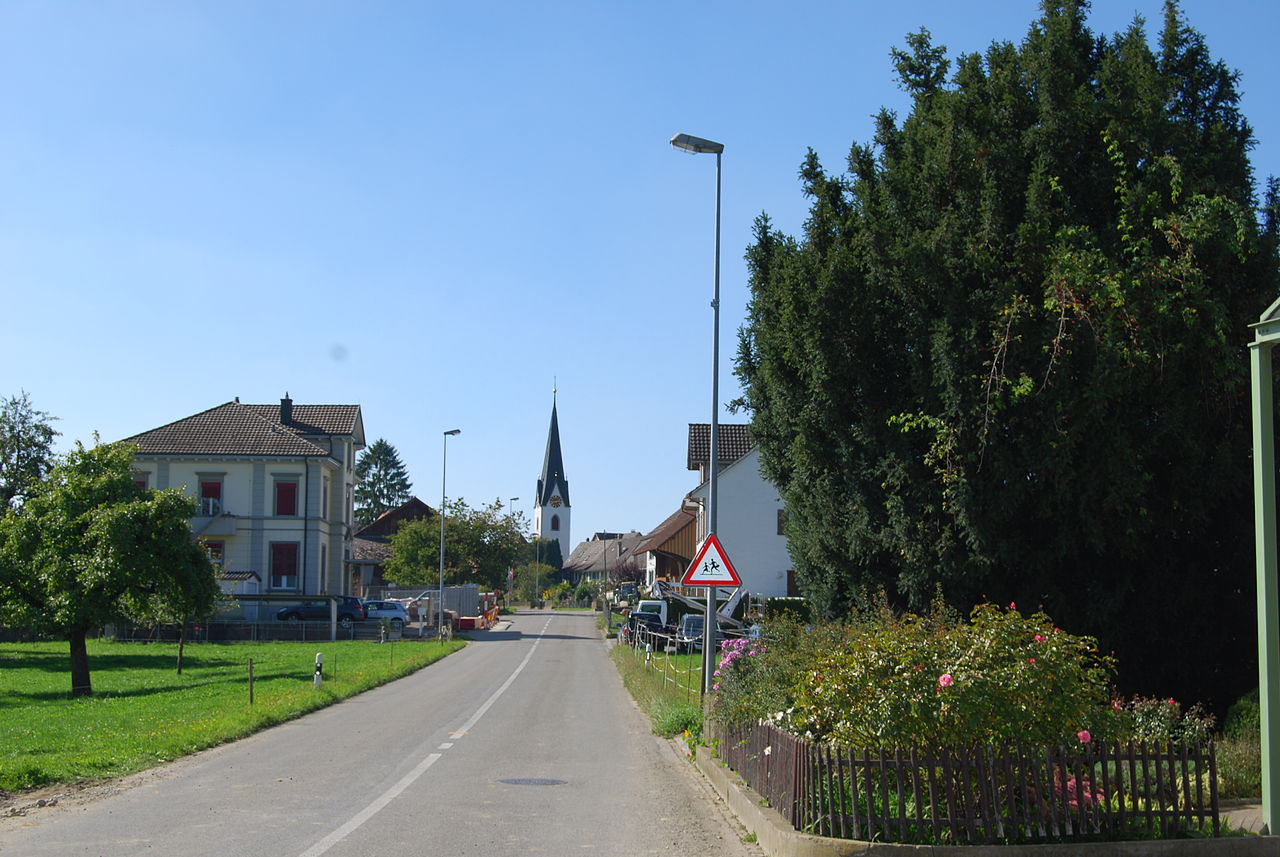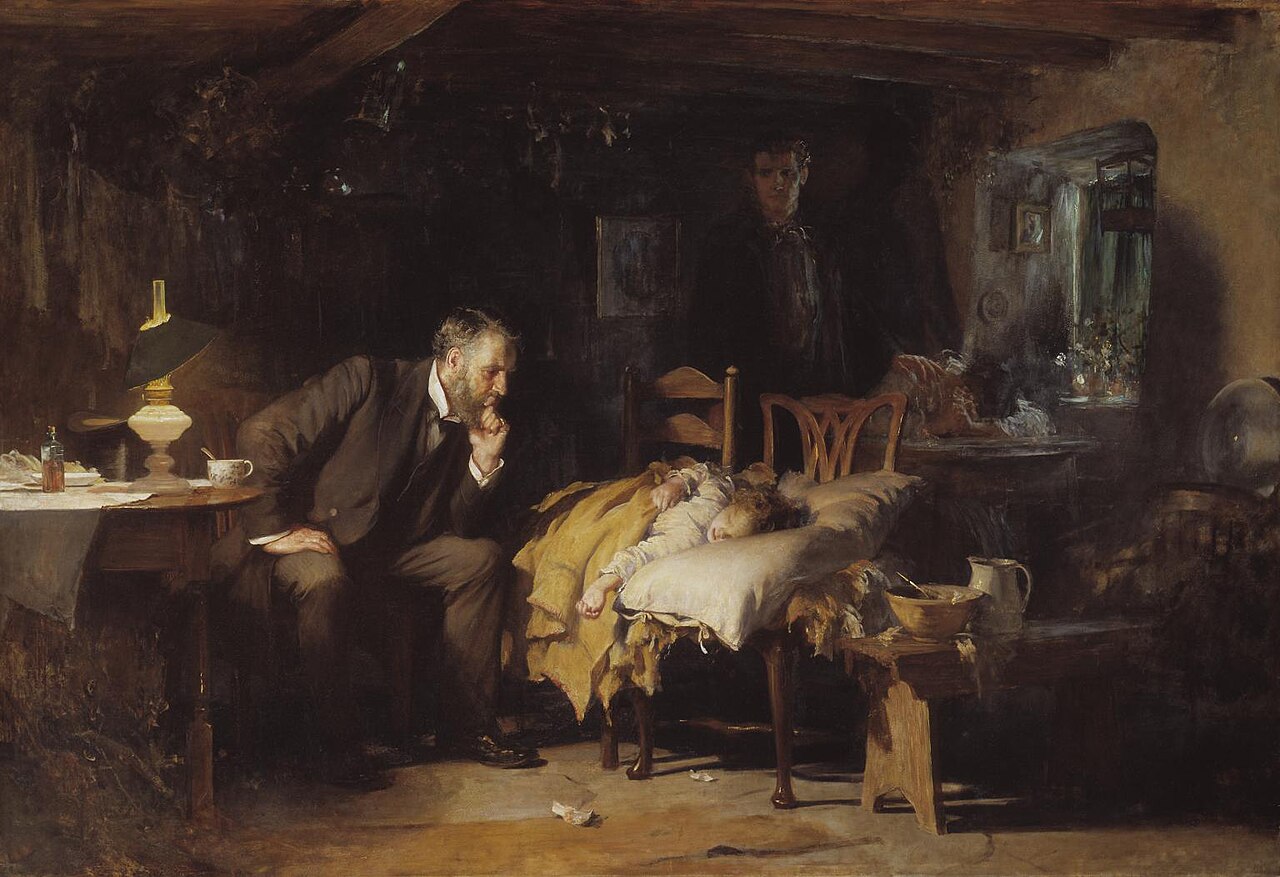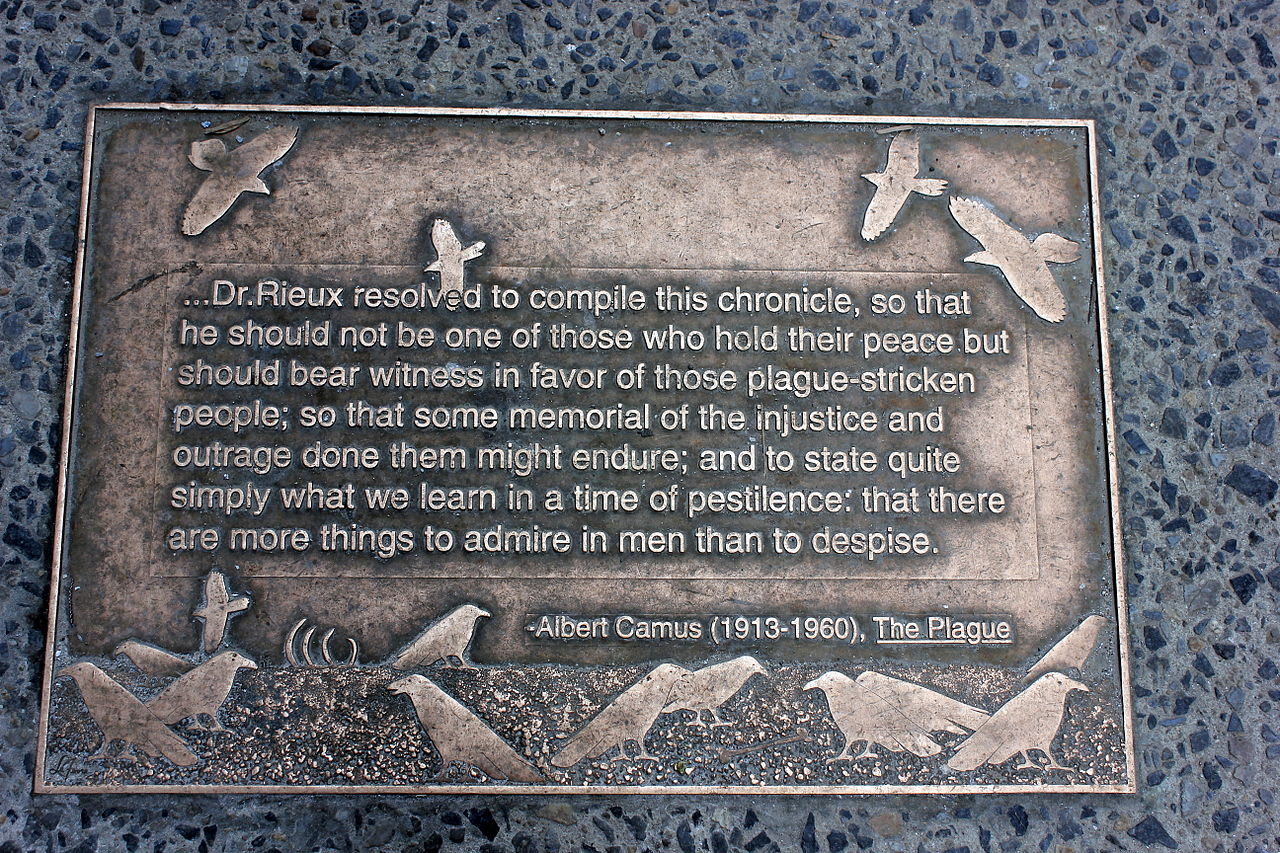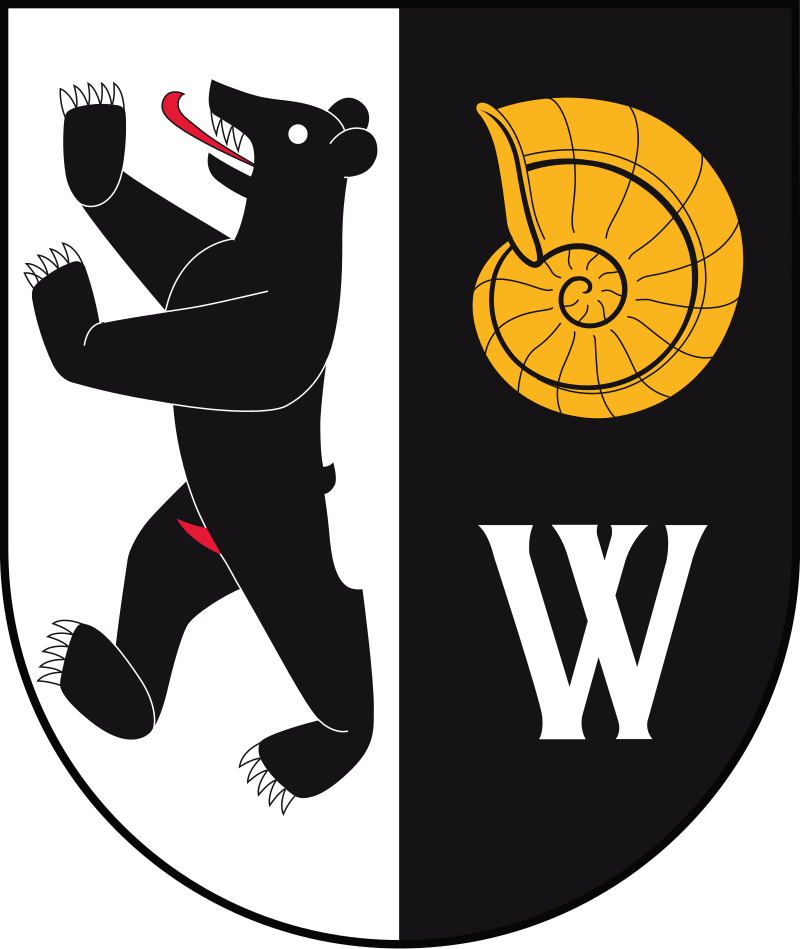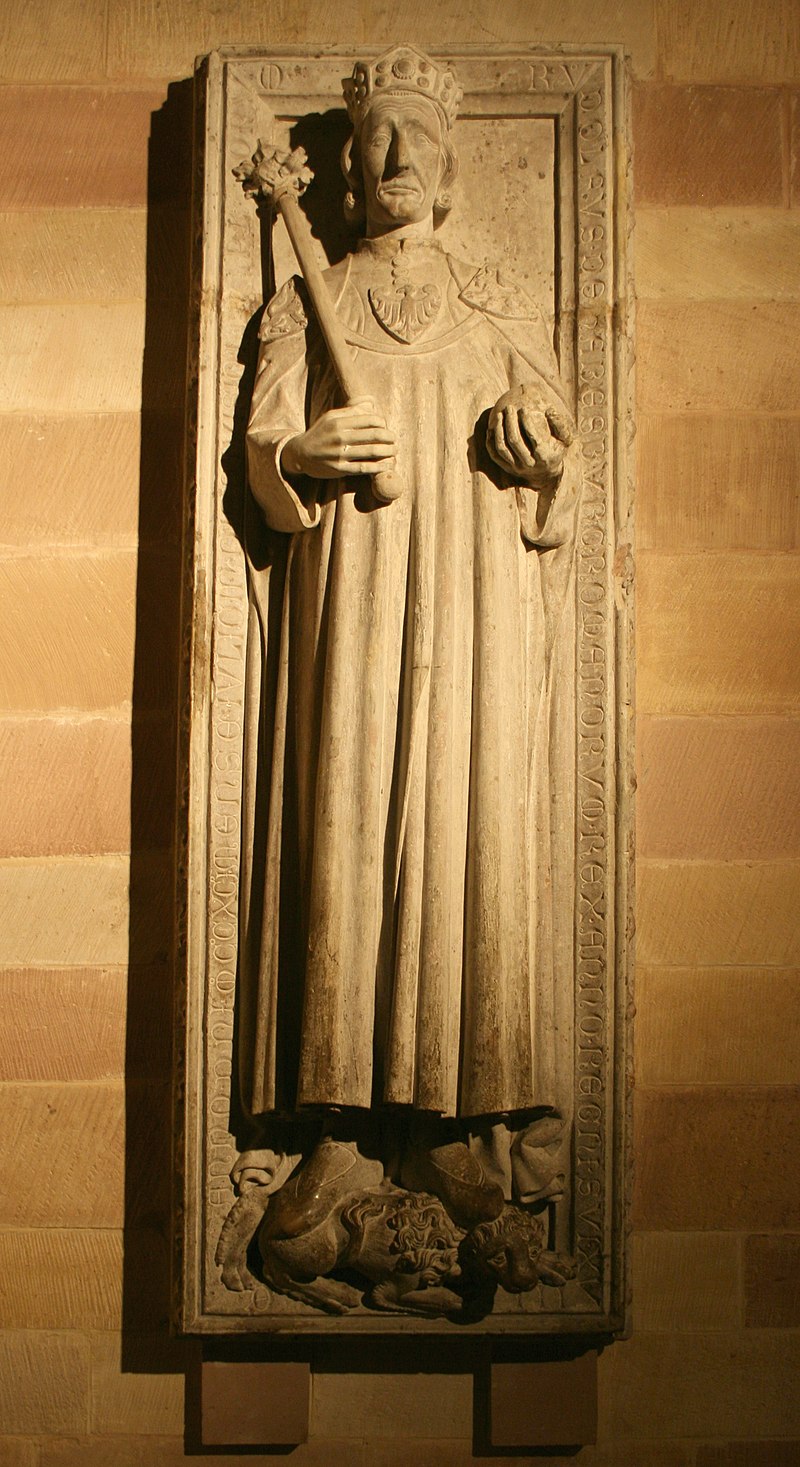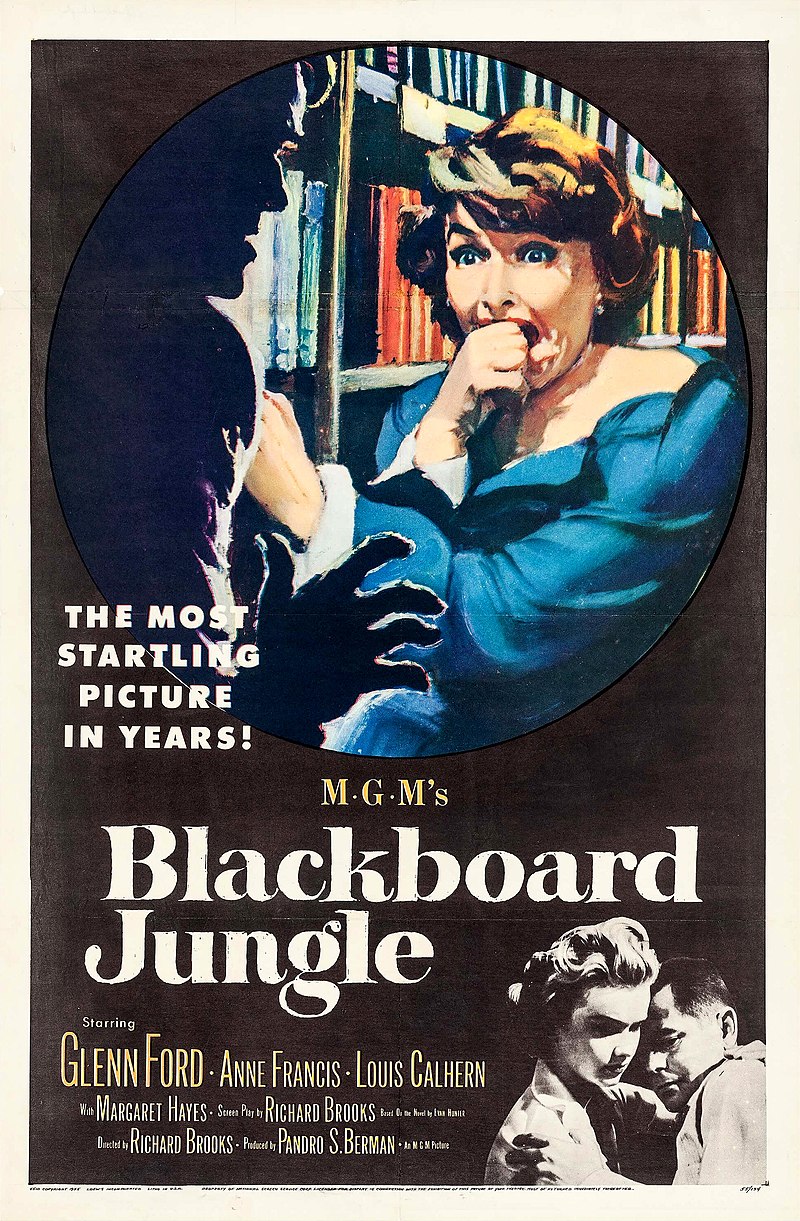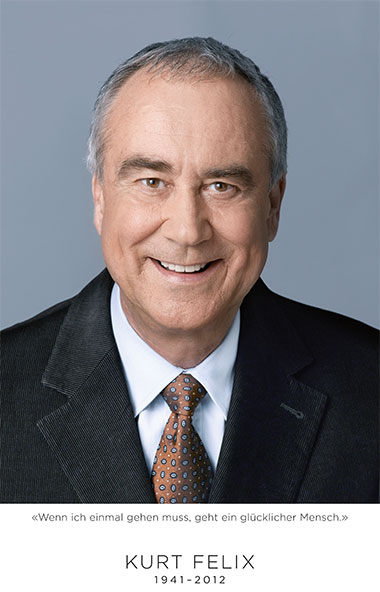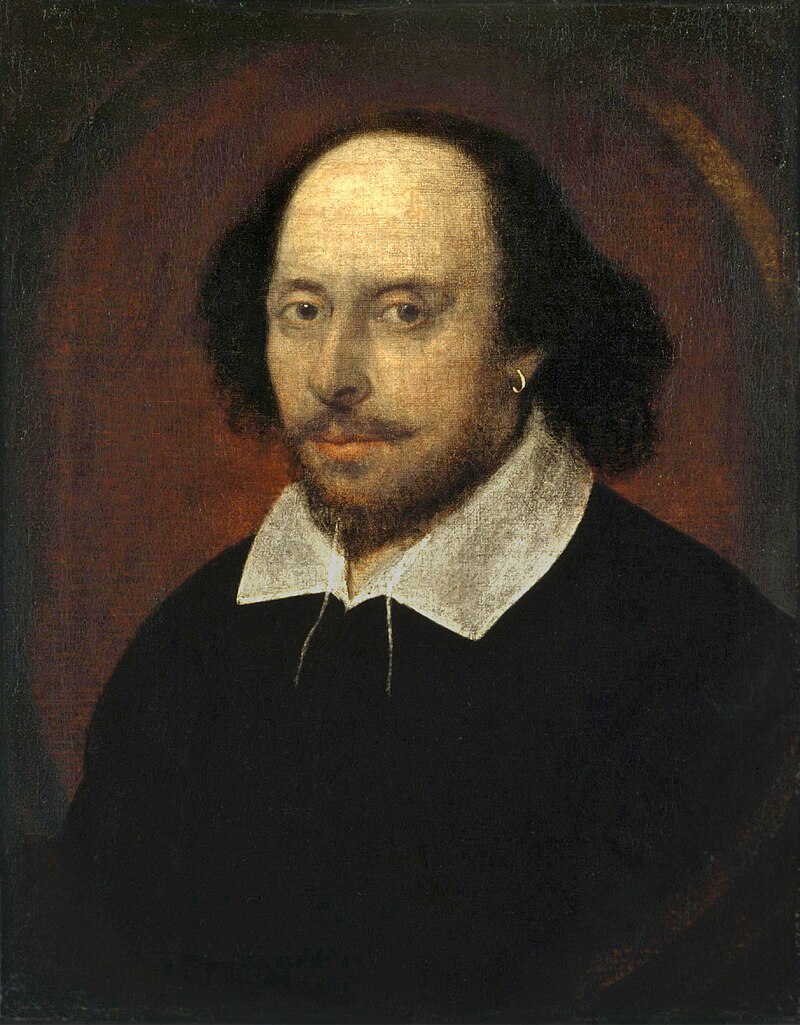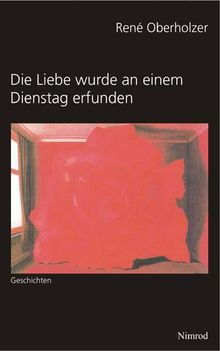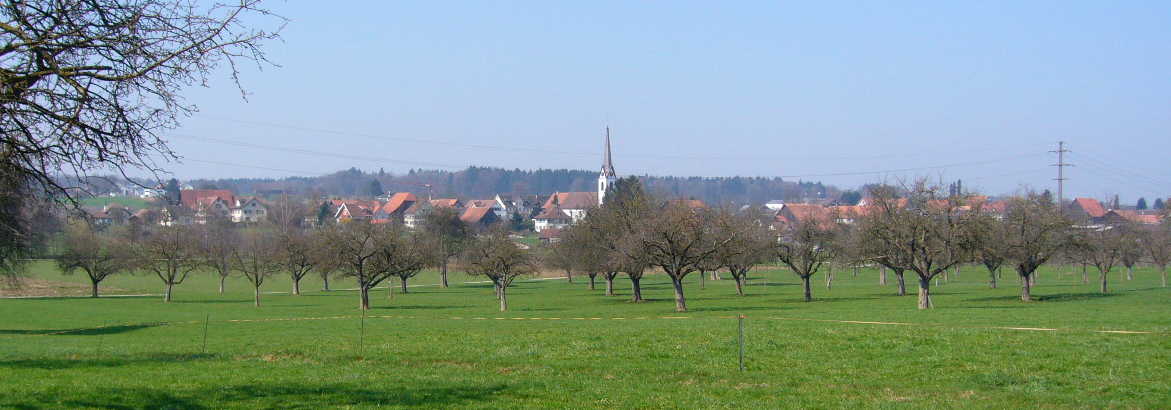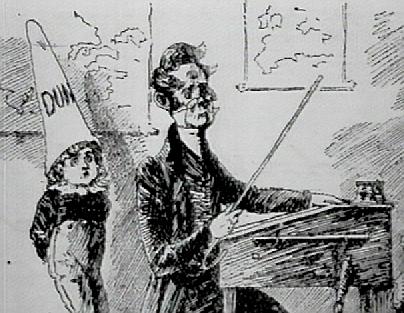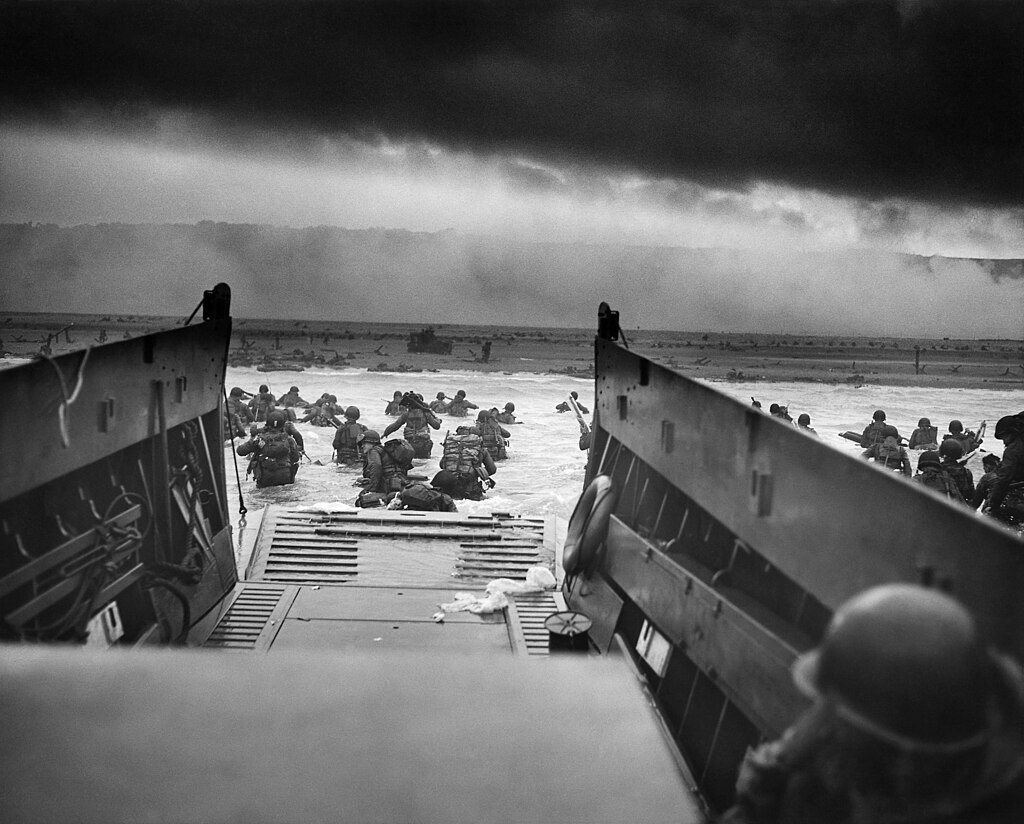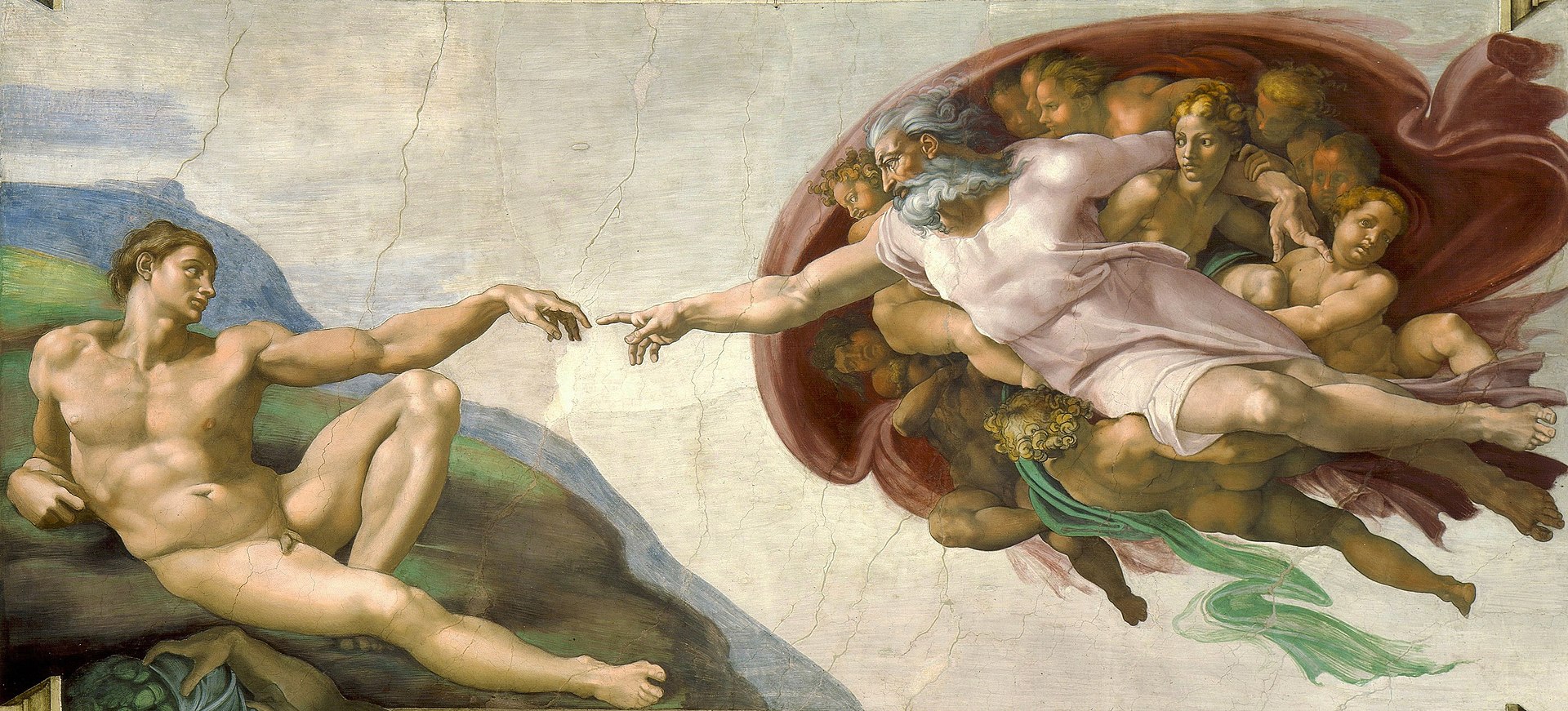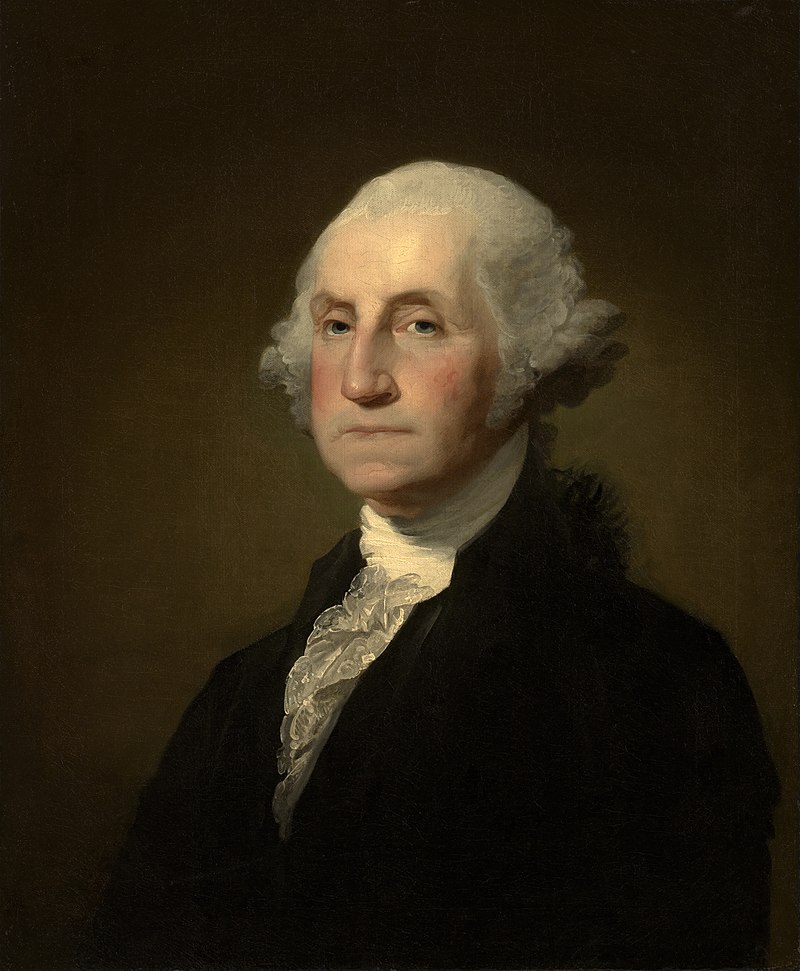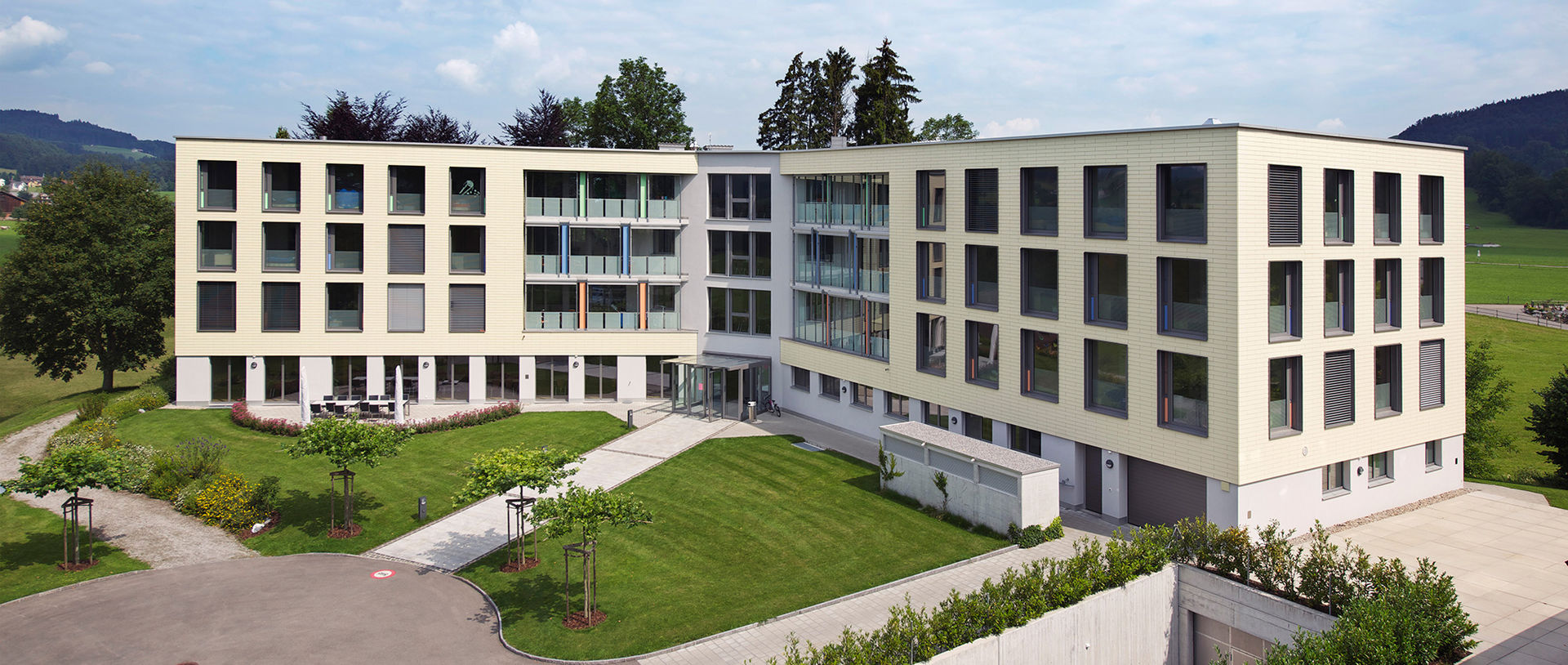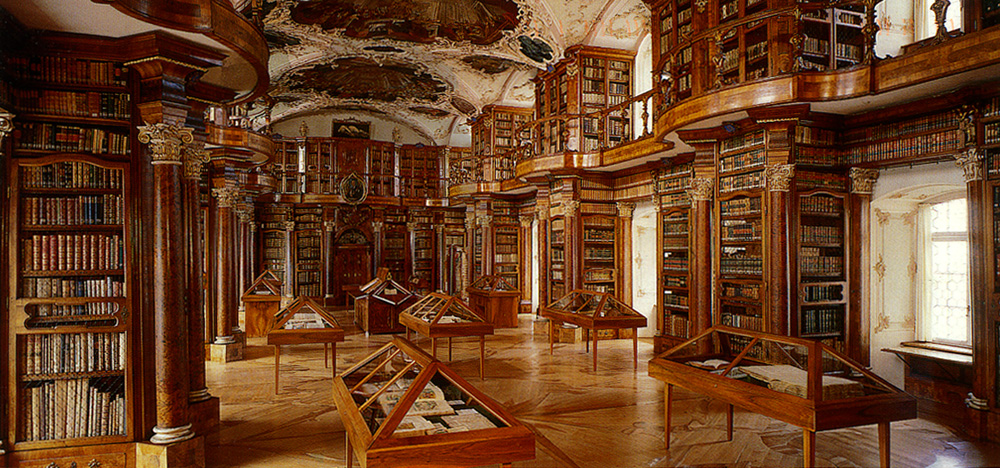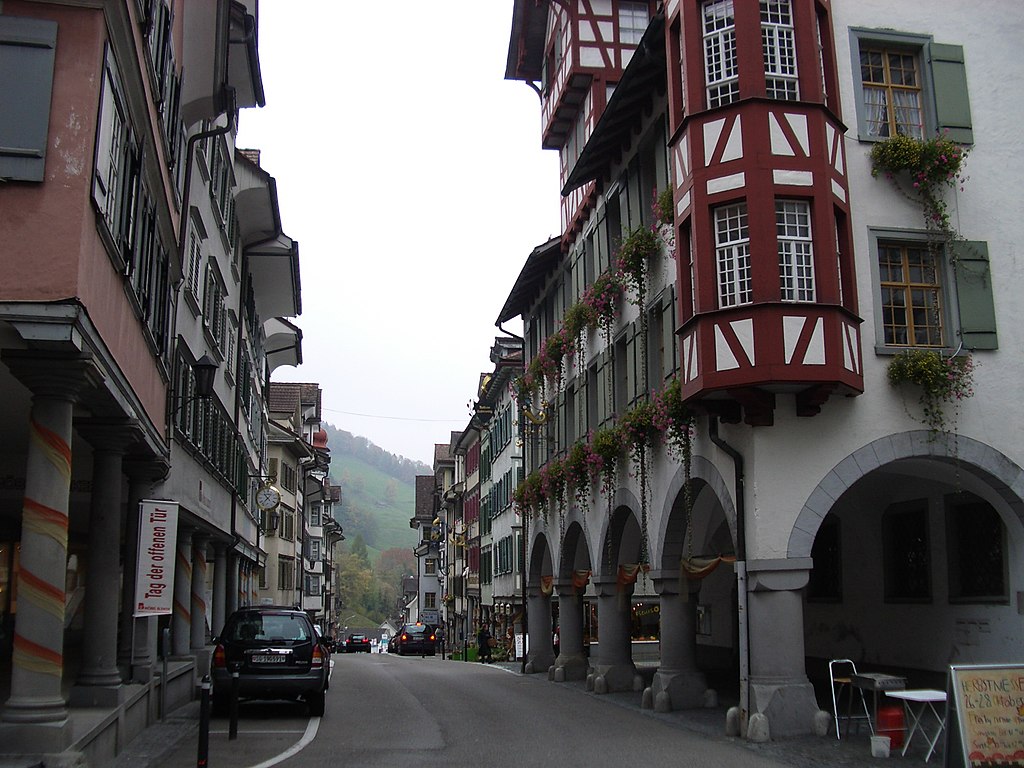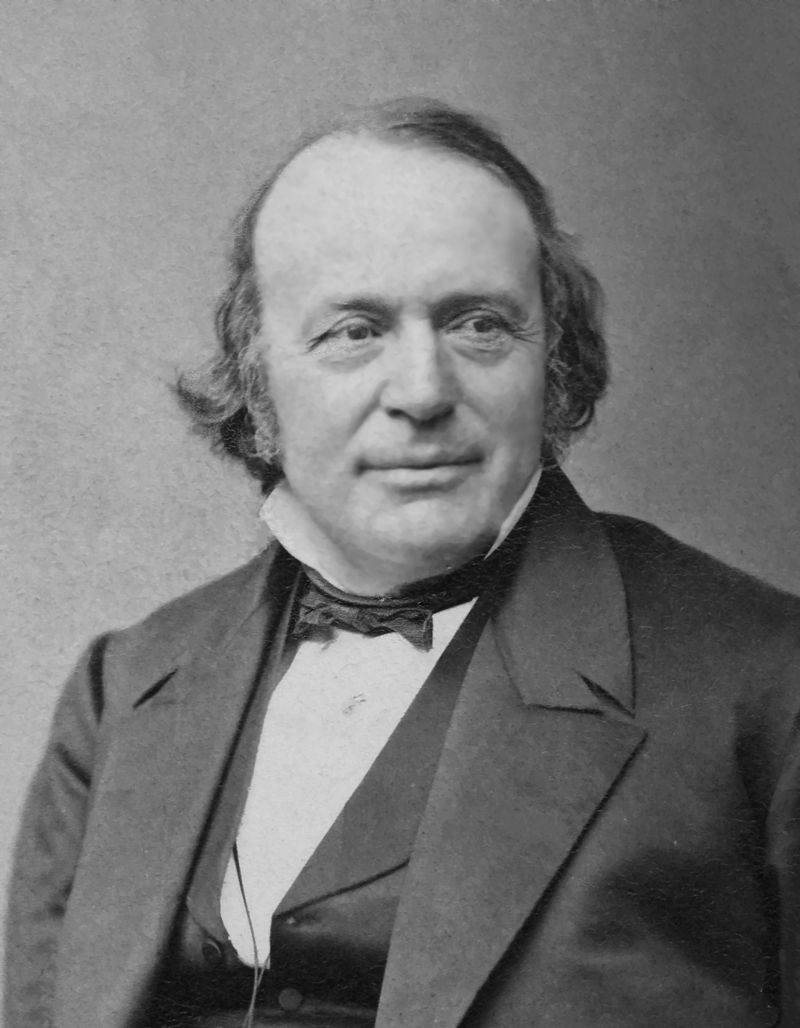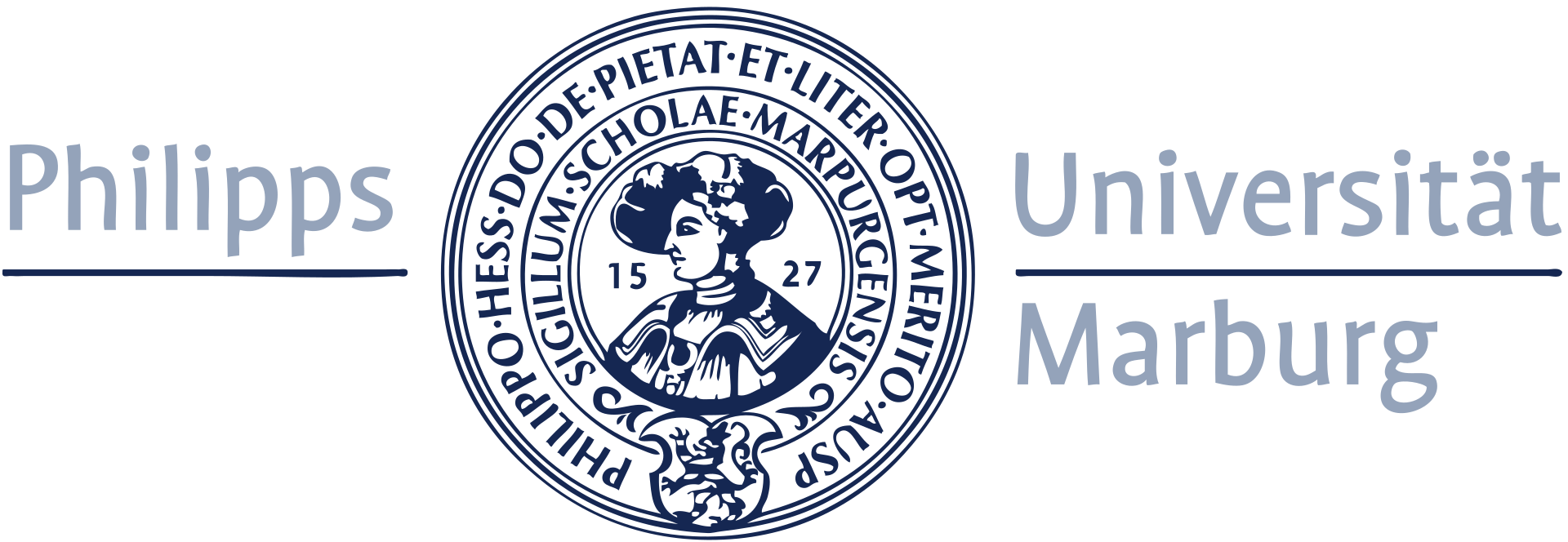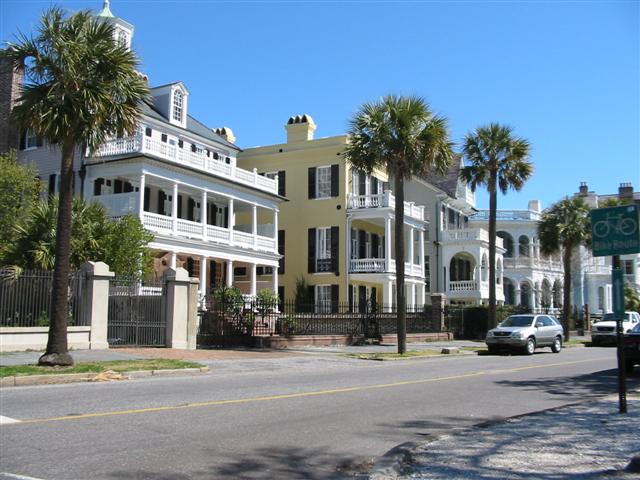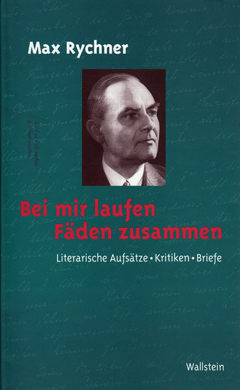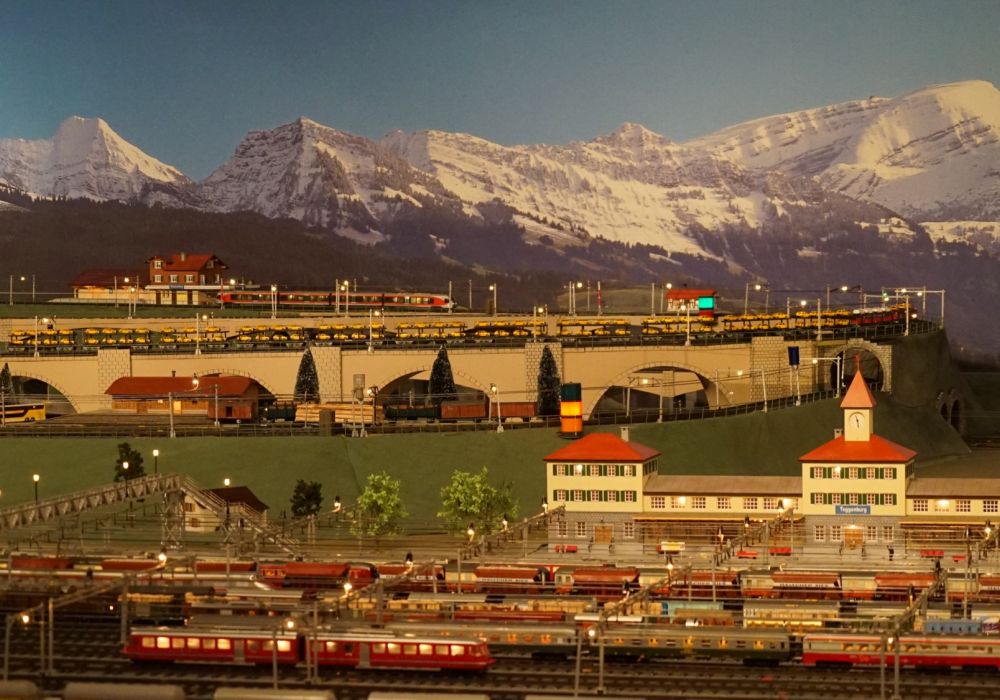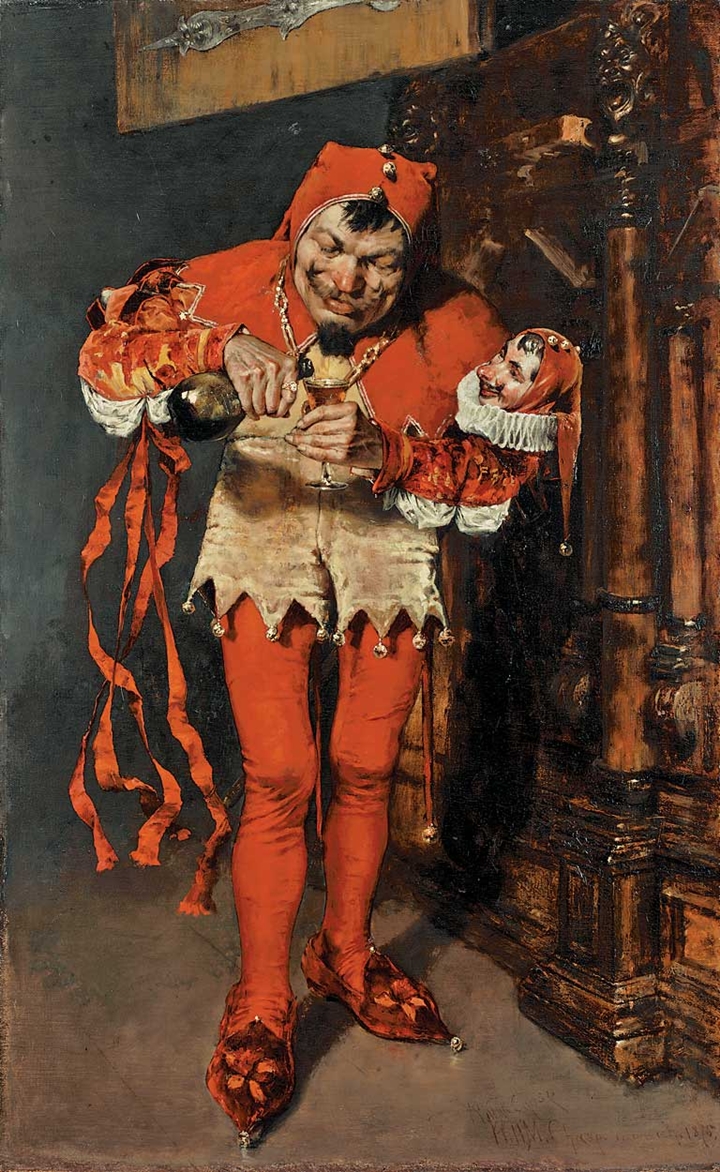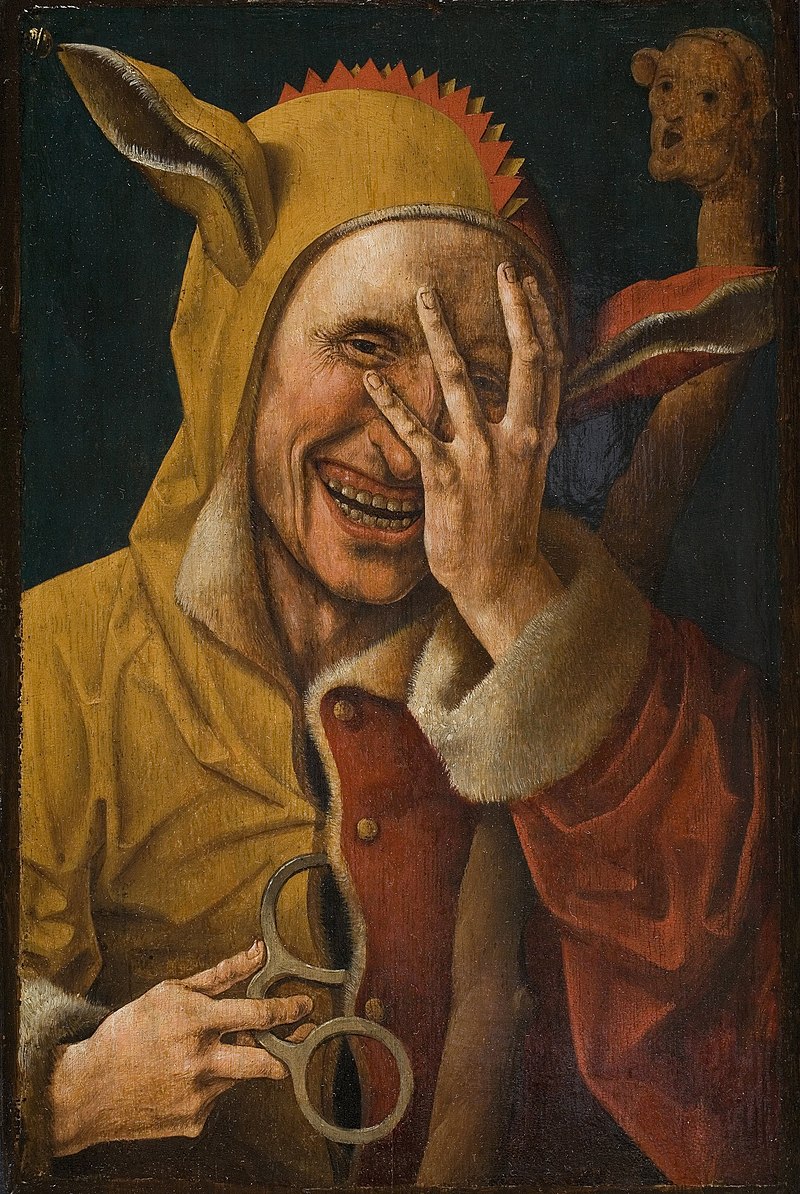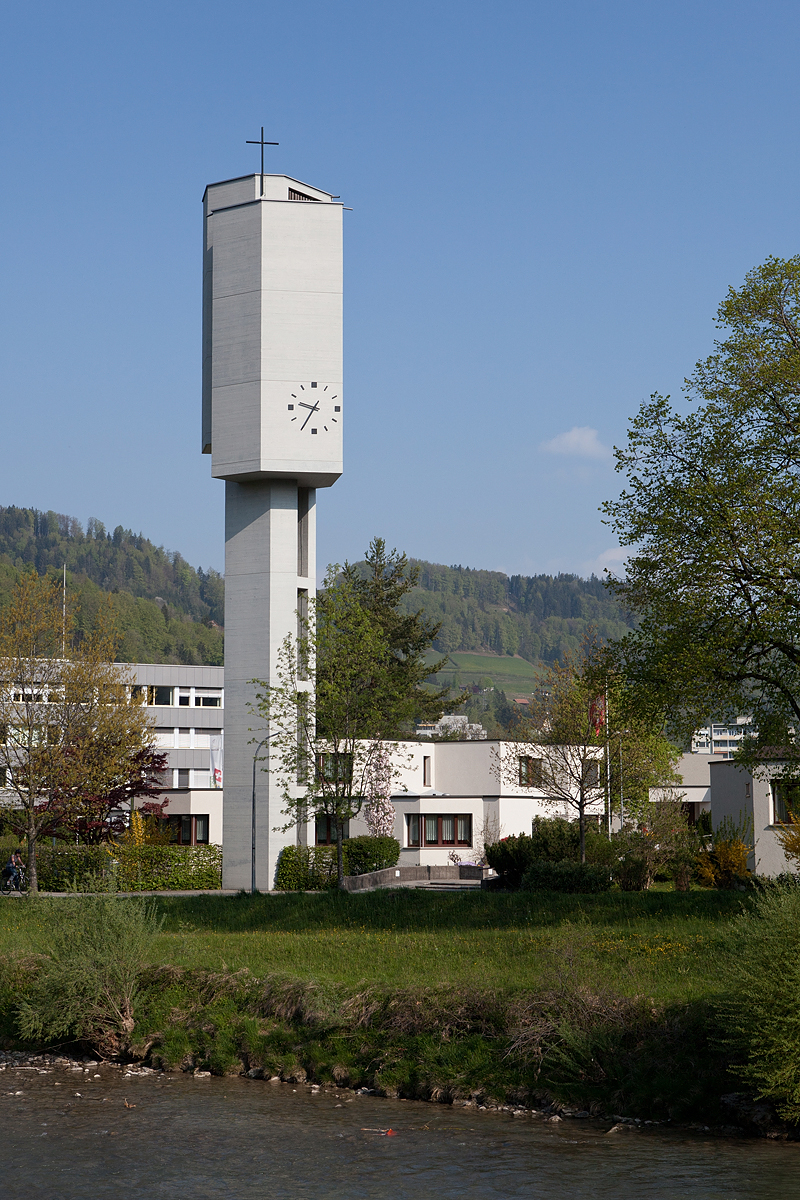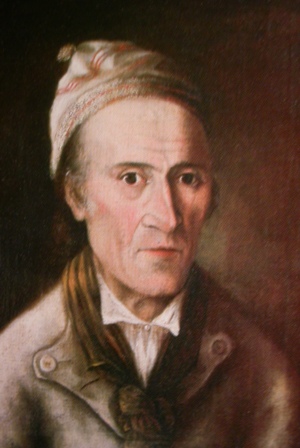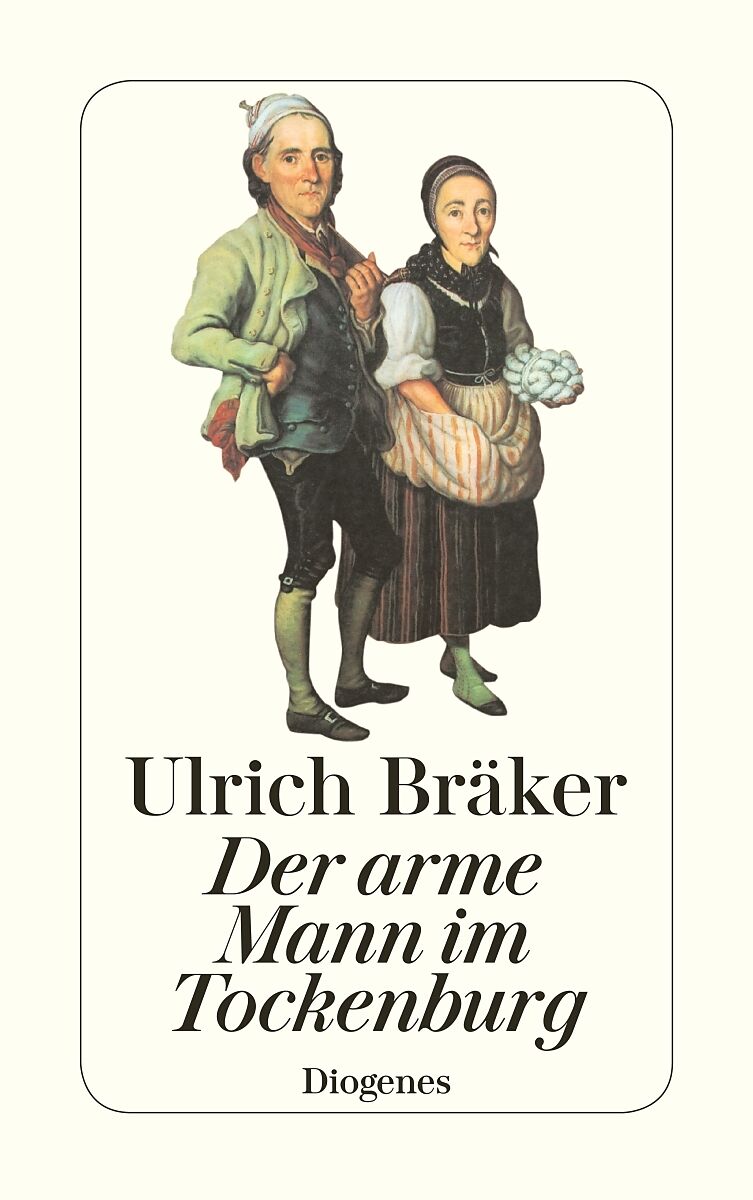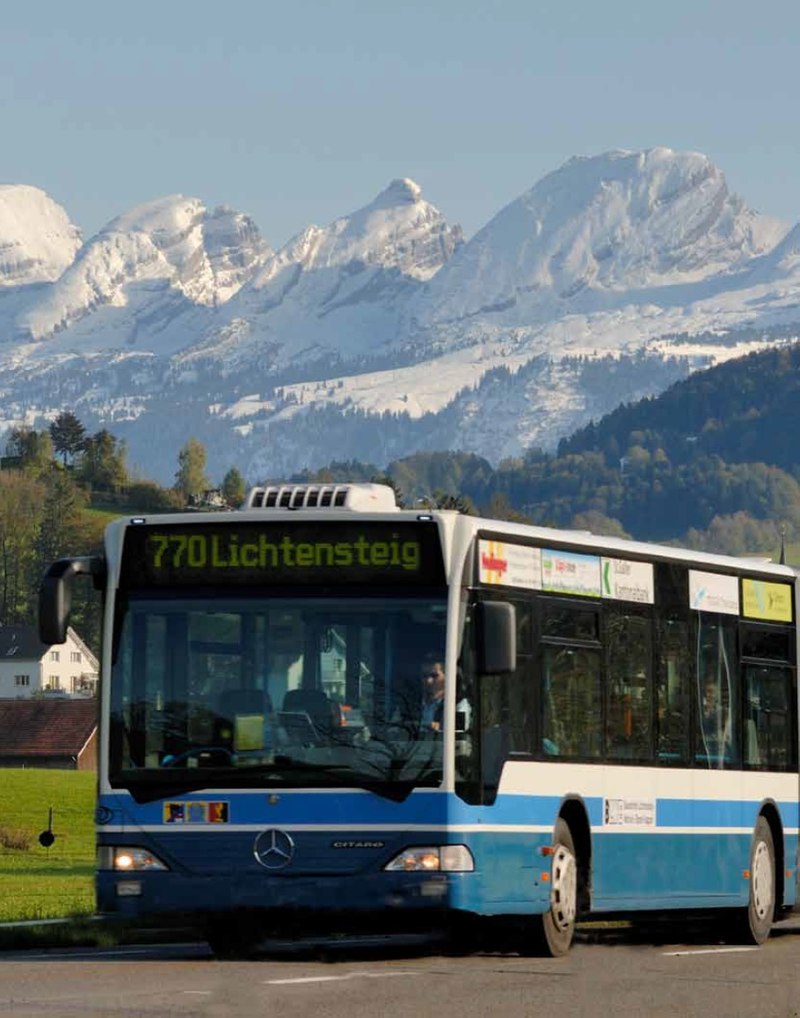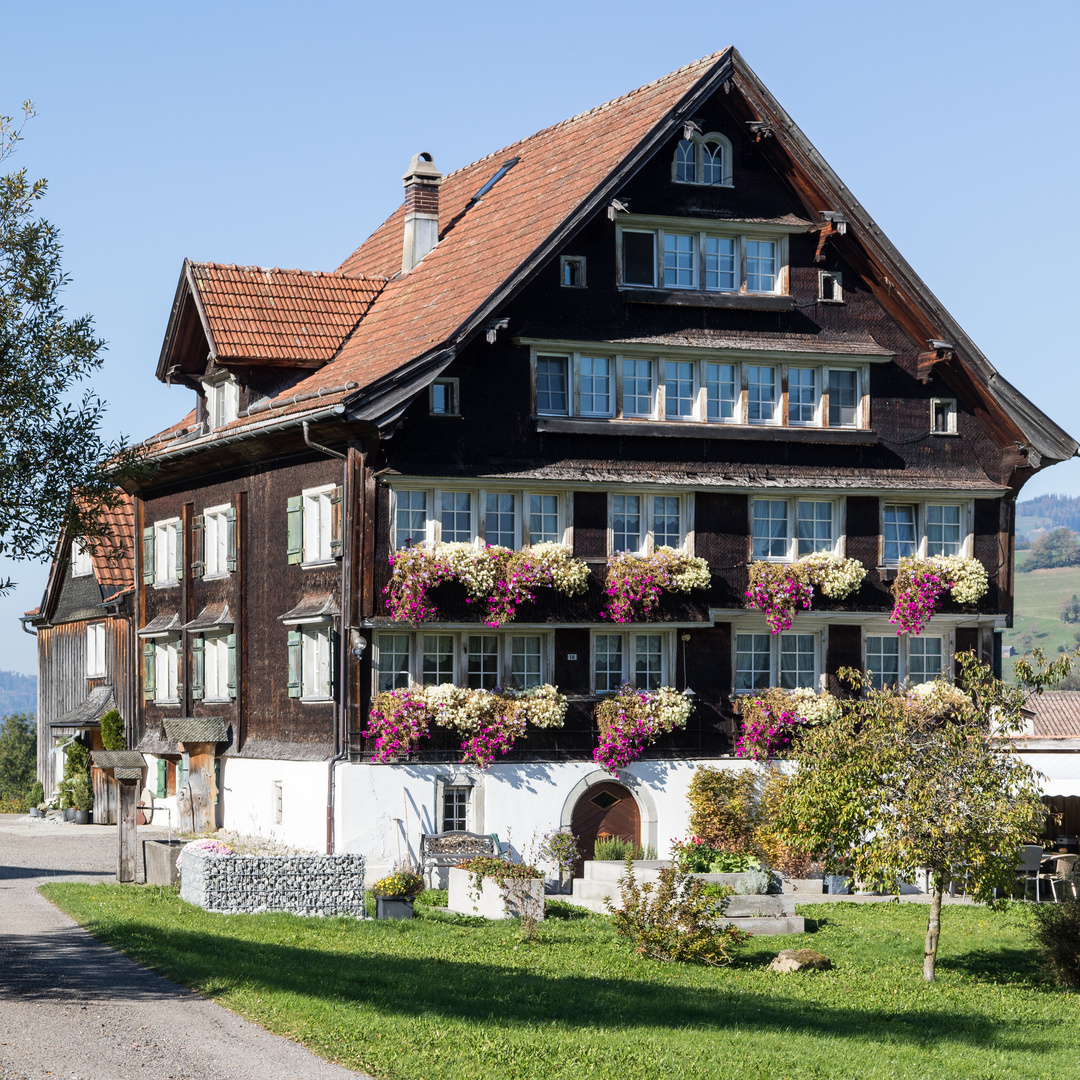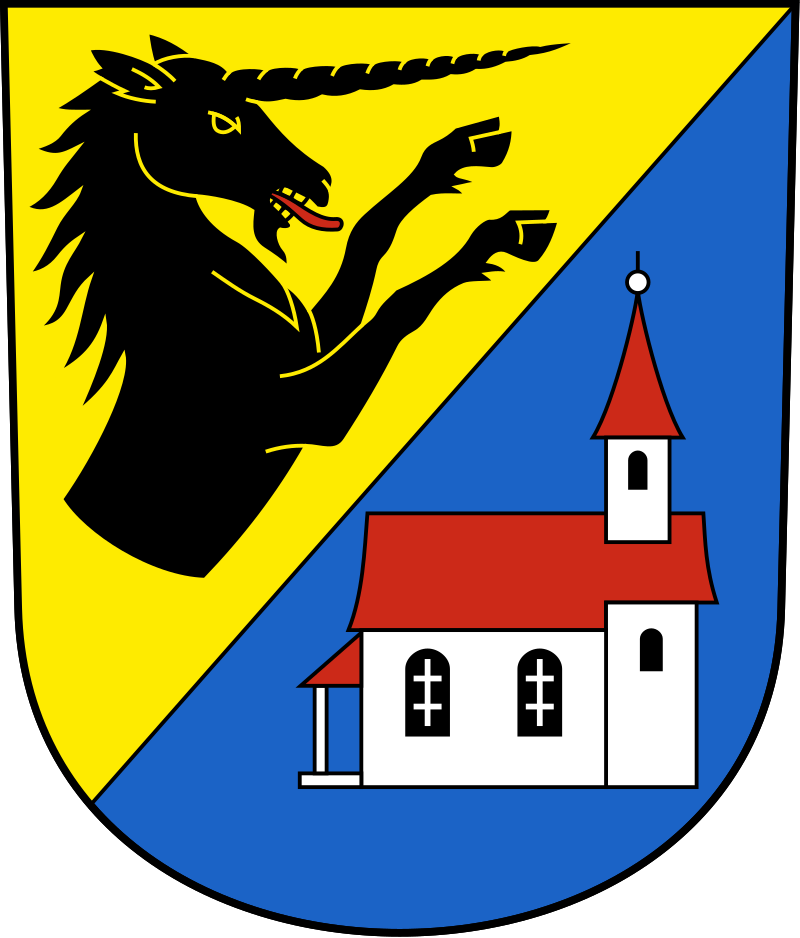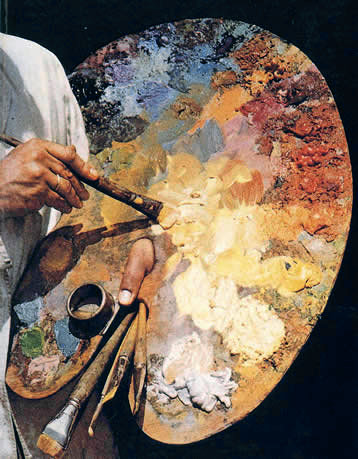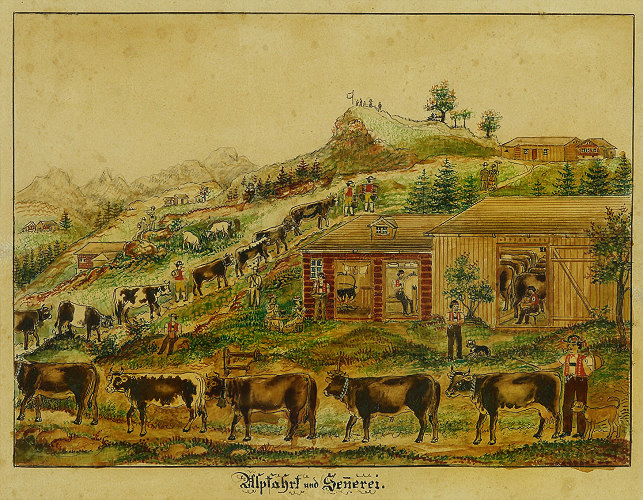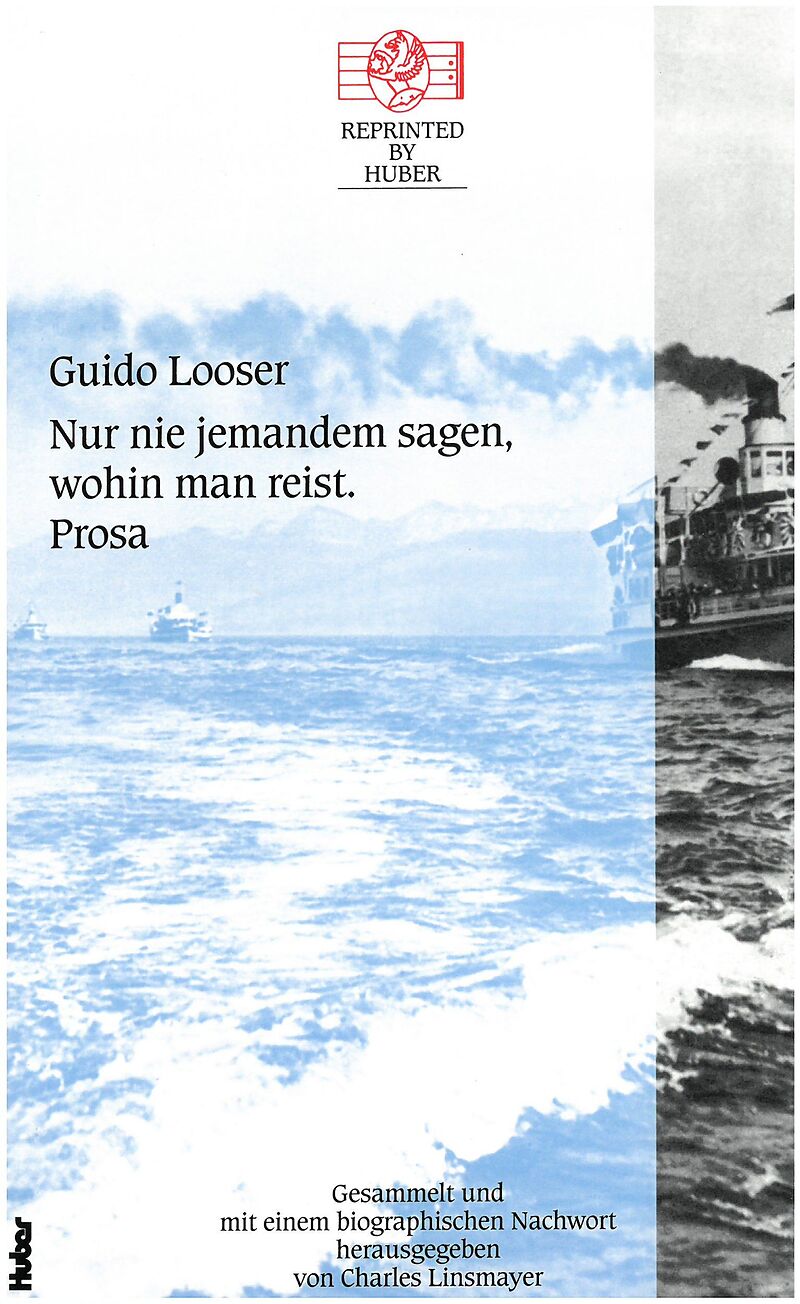Canada Slim and the Pharmacy of the Soul
Eskişehir, Turkey, Monday 18 April 2022 AD (18 Nisan 5782 AM) (18 Ramadan 1443 AH) (18 Pasar 2022 CE)
Despite this being Easter Monday (Christian calendar), the 18th day of Nisan (Jewish Passover) and the 18th day of Ramadan, religion is not a divisive issue in this city.
Generally, some fast and others feast.
Some pray and others pass the time going about their lives as if this month is merely just one of twelve in the year.

“To know a person’s religion we need not listen to his profession of faith but must find his brand of tolerance.”
Eric Hoffer (1902 – 1993)

It is easy to be dismissive of religion, the pomp and pagentry, the ceremony and sanctimony, the folks that violate the tenets of faith in the name of that faith.
It is easy to dismiss the possibility of God whose only true proof of existence is our inability to disprove His existence.
And yet despite the faithless, despite the hypocrisy of some, despite the death, deceit and destruction committed in His Name by those unrecognizable as believers despite the masks they wear, I cannot but acknowledge the true purpose of faith, the real reason for religion, which is encapsulated in one single solitary word:
Hope.
We hope that our lives have meaning.
We hope that the pain and sorrow and suffering may lead to dignity.
We hope that we are not alone in this valley of the shadow of death.
We hope that death has meaning beyond ourselves, in spite of ourselves.
We hope that those who harm and hurt and harass others will be meted that which they dealt.
We hope that the love we shared with others will sustain us, perhaps even beyond this mortal coil.
Of the three Abrahamic religions, Judaism offers an eternal Promised Land, Islam suggests that a good person leaves behind a legacy of continuing charity and an inheritance of knowledge and a testament of righteous offspring worthy of the name, and Christianity suggests that there is a promise of an afterlife and that resurrection beyond longevity is possible.
We hope our lives have meaning.
We hope our deaths can be faced with dignity and daring.
We hope that who we are was not for naught.
And for all its flaws, for all its phonies, for all its unclarity and uncertainty and a myriad of interpretations, religion, faith, in ourselves, in desperate quest of destinies too wonderful for dreams, faith gives us all the only thing that matters:
Hope.

When you’ve fallen on the highway
And you’re lying in the rain,
And they ask you how you’re doing
Of course you’ll say you can’t complain
If you’re squeezed for information,
That’s when you’ve got to play it dumb
You just say you’re out there waiting
For the miracle, for the miracle to come
“Waiting for the Miracle“, Leonard Cohen (1934 – 2016)

I never want to be a man who steals hope.
That being said, how can anyone, such as I, sitting on the outside, possibly understand the deeper meaning of the reality of a religion if they have not personally lived it?
The answer, I have been assured by believers I have known, is personal.
Their moment of realization is beyond words.
Faith, by its very nature, is elusive.

“Talk to me about the truth of religion and I will listen gladly.
Talk to me about the duty of religion and I will listen submissively.
But don’t come talking to me about the consolations of religion or I shall suspect that you don’t understand.”
C. S. Lewis

Above: Clive Staples Lewis (1898 – 1963)
Here in Eskişehir, Turkey is celebrating Ramadan, a month of fasting, prayer, reflection and community.
In a religious life where faith, politics and culture are arguably more inextricably linked in any other religion, there are bound to be differences of opinion and controversial beliefs.
Essential truths can be either vaguely known, interpreted variously or just plain misunderstood.

“There is no reason to bring religion into it.
I think we ought to have as great a regard for religion as we can, so as to keep it out of as many things as possible.”
Sean O’Casey

The closest I have come to understanding faith in 2022 has been visits to St. Gallen, where today “half-assed Christians” (a term coined by a Catholic priest I once knew) will, for the first of only two annual visits to church – the other occasion being Christmas – will commemorate events two millennia past of a man who claimed to be the Son of God, preached and did all manner of miracles, was crucified as an enemy of the state, was resurrected and ascended to Heaven and will one day return to save the chosen few.
It is a nice story, difficult to prove, difficult to disprove.
It is a question of faith.
What do you choose to believe?

It is in St. Gallen (among other places) where my faith – such as it is – finds its foundation, a harmony to my heart.
But this post is less a glorification of God as it is a monument to man, for much of the past decade found me working in St. Gallen and it is the people I have known there (and elsewhere) that have given me faith in humanity.
Perhaps the time has come to finally express my gratitude and to sing praises.

Sometimes I wonder if the manner in which Christianity was introduced to Switzerland is the reason why some Swiss view other faiths as so threatening to the fabric of Swiss life.
St. Gallen’s past may be a prime example of why the Swiss fear other religions following the examples of history.

“Religion to me has always been the wound, not the bandage.”
Dennis Potter

The main urban centre of eastern Switzerland, St. Gallen has been described as “a relaxed provincial city set amid rolling countryside between the Appenzell hills and the Lake of Constance (Bodensee), with a beautiful old quarter“.
I agree with this description save for one word:
Relaxed.

I lived in Switzerland for a decade and much of that period was spent working in St. Gallen either as a teacher or as a barista.
Neither position was relaxing.

As the wife and I lived in Landschlacht, a mere 15 km from the German border, we were more likely to spend our free time in Konstanz due to its closer proximity and lower costs.

St. Gallen has meant, for the most part, work, work and more work.
This is not to say that I did not make any friends during my employment there nor would I say that there weren’t some moments when I, alone or accompanied by the wife, would travel to St. Gallen for leisure activities, such as theatres, restaurants and museums.
It is nonetheless a mistake to label St. Gallen as relaxed, for it is a Swiss city, and relaxing is not something at which the Swiss generally excel.

The centrepiece of St. Gallen is its extraordinarily lavish Baroque abbey, declared a UNESCO World Heritage Site.


“All the sweetness of religion is conveyed to the world by the hands of storytellers and image makers.
Without their fictions the truths of religion would for the multitude be neither intelligible nor even apprehensible.
Prophets would prophesy and the teachers teach in vain.”
George Bernard Shaw

This has always struck me as an odd notion.
If God exists and is the Creator of all that is, why in Heaven’s name would He need to be celebrated in a lavish enclosure?
Nothing man can construct can ever compare with the majesty of nature.
If God exists then He cannot nor should not be contained with the confines of a cathedral or a Camii. (Turkish: mosque)
I have often said that within the confines of a city it is difficult to believe in God.
In the expanse of nature it is difficult to doubt that God doesn’t exist.
I think that lavish religious structures are never about glorifying God as much as they are for showing off the wealth of the community.
Do we build these magnificent temples for God’s glory?
Or for ours?

The Cathedral is impressive enough and serves as an ever present reminder that the city owes its name to the religious community that remains at its core.
This giant Baroque building is unmissable, its twin towers visible from most points.

Designed by Peter Thumb from Bregenz (Austria), it was completed in 1797 after just 12 years’ work.

Access is through the west door, although it is worth making your way around the church and looking at the outside from the enclosed Klosterhof (cloister yard), at the heart of the complex, where you can gaze up at the soaring east facade.
The interior is vast, a broad, brightly lit basilica with a triple-aisled nave and central cupola.
Although not especially high, the Cathedral has a sense of huge depth and breadth.
From the sandstone of the floor and the wood of the pews, fancy light-green stuccowork – characteristic of churches in the Konstanz region – draws your eye up the massive double-width pillars to the array of frescoes on the ceiling, which are almost entirely the work of one artist, Josef Wannenmacher.
The central cupola shows Paradise with the Holy Trinity, apostles and saints.

(“And the three men I admire the most
The Father, Son and the Holy Ghost
They took the last train for the coast
The day the music died“)
Don McLean

Details throughout the rest of the Cathedral are splendid:
- the ornate choir screen
- the richly-carved walnut-wood confessionals
- the intricate choir stalls
- at the back at the choir, the high altar flanked by black marble columns with gold trim
The south altar features a bell brought by Gall(us) on his 7th-century journey from Ireland.

Gall’s origin is a matter of dispute.
It is all a matter of what you choose to believe.
According to his 9th-century biographers in Reichenau, he was from Ireland and entered Europe as a companion of Columbanus (Columba).

The Irish origin of the historical Gall was called into question by Gerrold Hilty (2001), who proposed it as more likely that he was from the Vosges or Alsace region.
Max Schär (2010) proposed that Gall may have been of Irish descent but born and raised in the Alsace.

According to the 9th-century hagiographies, Gall as a young man went to study at Bangor Abbey.
The monastery at Bangor had become renowned throughout Europe as a great centre of Christian learning.
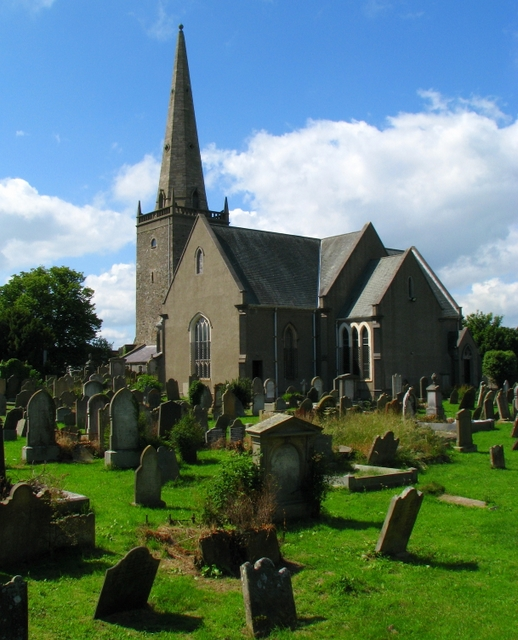
Studying in Bangor at the same time as Gall was Columbanus, who with 12 companions, set out about the year 589.
Gall and his companions established themselves with Columbanus at first at Luxeuil in Gaul.


In 610, Columbanus was exiled by leaders opposed to Christianity and fled with Gall to Alemannia.
Due to dynastic conflicts between Theuderic II (587 – 613) and his brother Theudebert II (585 – 612), Columbanus lost support in the Frankish Empire and had to leave Luxeuil.
The further missionary journey led the community around Columban from Metz up the Rhine and via Zürich and Tuggen finally via Arbon to Bregenz.



In Bregenz, as in Arbon, they met a Christian community that had partially returned to paganism.
Gall preached in the Alemannic language, in contrast to Columbanus, who did not speak it.
Here, and before that in Tuggen, the religious people destroyed the statues of the local deities and threw them into the lake.
As a result, these messengers of the faith antagonized some of the inhabitants, who complained to their Duke Gunzo.
Two monks were killed after being ambushed.
(They were chasing a missing cow into the forest.)

The founding of a monastery in Bregenz failed and Columbanus traveled on to Bobbio in Italy in 612 to found a monastery at the invitation of the Lombard prince.


When Columbanus, Gall and their companions left Ireland for mainland Europe, they took with them learning and the written word.
Their effect on the historical record was significant as the books were painstakingly reproduced on vellum by monks across Europe.
Many of the Irish texts destroyed in Ireland during Viking raids were preserved in abbeys across the Channel.

Gall accompanied Columbanus on his voyage up the Rhine River to Bregenz, but when in 612 Columbanus travelled on to Italy from Bregenz, Gall had to remain behind due to illness and was nursed at Arbon.




Gall remained in Alemannia, where, with several companions, he led the life of a hermit in the forests southwest of Lake Constance, near the source of the River Steinach.

Cells were soon added for twelve monks whom Gall carefully instructed.
Gall was soon known in Switzerland as a powerful preacher.
When the See of Constance became vacant, the clergy who assembled to elect a new Bishop were unanimously in favour of Gall.
He, however, refused, pleading that the election of a stranger would be contrary to Church law.
Some time later, in the year 625, on the death of Eustasius, Abbott of Luxeuil, a monastery founded by Columbanus, members of that community were sent by the monks to request Gall to undertake the government of the monastery.
He refused to quit his life of solitude, and undertake any office of rank which might involve him in the cares of the world.
He was then an old man.
He died at the age of 95, circa 650, in Arbon.
His grave became a site of pilgrimage.
The supposed day of his death, 16 October, is still commemorated as Gallus Day.

From as early as the 9th century the fantastically embroidered Life of Saint Gallus was circulated.
Prominent was the story in which Gall delivered Fridiburga from a demon by which she was possessed.
Fridiburga was the betrothed of Sigibert III, King of the Franks, who had granted an estate at Arbon (which belonged to the royal treasury) to Gall so that he might found a monastery there.
Fridiburga was the daughter of the Alemannic Duke Gunzo.
She was engaged to the Merovingian King Sigibert III (638 – 656), but she fell seriously ill shortly before the wedding.
According to the Life of St. Gallus, Sigibert sent two bishops with rich gifts to Fridiburga to free her from the demon of illness, but in vain.
Shortly afterwards, when Gall came to Überlingen, site of the Duke’s court, he healed Fridiburga.

She was then taken to Metz, where she was taken from the royal palace to the church of St. Stephen.
On the advice of the bishops, Sigibert renounced his marriage to Fridiburga and then married Chimnechild in 646.
Fridiburga lived as a nun in the Metz monastery of St. Peter, where she would became its abbess.

Circa 612, Gall was, according to the lore, travelling south from the Bodensee into the forest.
Legend has it that Gall either fell over, or stumbled into, a briar patch.
After a long stay in Arbon, Gall decided in 612, together with the deacon Hiltibod of Arbon, to follow the Steinach River, which flows into Lake Constance.
They moved along the stream into the Arbon forest – the whole area from Lake Constance to Appenzellerland was primeval forest at the time – and came to the waterfall at the Mühleggschlucht (mill slope canyon) gorge.
Here Gall stumbled and fell into a thorn bush.
He interpreted this as a divine sign to stay here.

Many depictions of Gall are therefore subtitled with the Latin Vulgate Bible verse:
“Haec requies mea in saeculum saeculi.
Hic habitabo quoniam elegi eam.”
(This is my resting place forever.
I want to live here because I like it.)
Psalm 132: 14


Gall was sitting one evening warming his hands at a fire.
A bear emerged from the woods and charged.
The holy man rebuked the bear, so awed by his presence it stopped its attack and slunk off to the trees.
There it gathered firewood before returning to share the heat of the fire with Gall.
The legend says that for the rest of his days Gall was followed around by his companion the bear.
Images of Gall typically represent him standing with a bear.

So either clumsiness or a trained bear led Gall to feel that he had received a sign from God – It’s nice that God has someone to communicate with. – and so chose the site to build his hermitage.
I guess nothing says security and sanctity more than accidental briar patches and firewood-fetching bears.

Afterwards, the people venerated Gall as a saint and prayed at his tomb for his intercession in times of danger.
After his death, a small church was erected, which developed into the Abbey of St. Gall, the nucleus of the Canton of St. Gallen.
The city of St. Gallen originated as an adjoining settlement of the Abbey.

Following Gall’s death, Charles Martel (688 – 741) had Othmar (689 – 759) appointed as custodian of St Gall’s relics.

Othmar was of Alemannic descent, received his education in Rhaetia (Chur), was ordained priest, and for a time presided over a church in Rhaetia (Chur).

In 720 Waltram of Thurgau appointed Othmar superior over the cell of St. Gall and custodian of St Gall’s relics.
Othmar united into a monastery the monks that lived about the cell of St. Gall, according to the Rule of St. Columban, and became their first abbot.

He added a hospital and a school, which became the foundation upon which the famous Stiftsbibliothek (Monastery library) was built.

In 747, as a part of the reform movement of Church institutions in Alamannia, he introduced the Benedictine Rule, which was to remain in effect until the secularization and closure of the monastery in 1805.

Othmar also provided for the needs of the surrounding community, building an almshouse as well as the first leprosarium (hospice for lepers) in Switzerland.

When Carloman (713 – 754) renounced his throne in 747, he visited Othmar at St. Gall and gave him a letter to his brother Pepin (714 – 768), recommending Othmar and his monastery to the King’s liberality.
Othmar personally brought the letter to Pepin, and was kindly received.

In 759, Counts Warin and Ruodhart tried to gain possession of some property belonging to St. Gall, Othmar fearlessly resisted their demands.
Hereupon they captured him while he was on a journey to Konstanz, and held him prisoner, first at the castle of Bodmann, then on the island of Werd in the Rhine River.

At the latter place he died, after an imprisonment of six months, and was buried.

Othmar’s cult began to spread soon after his death.
He is one of the most popular saints in Switzerland.
In 769 his body was transferred to the Monastery of St. Gall.
As the weather was very hot, when the men rowed his body across Lake Constance (Bodensee), they became extremely thirsty.
Legends say that the only barrel of wine they had left did not become empty, regardless of how much they drank.
Therefore, the wine barrel became one of Othmar’s attributes.
His cult was officially recognized in 864 by Bishop of Konstanz Solomon I (d. 871).

Interesting side note connected with Solomon I:
In 847, his diocese was the first to be disturbed by the preachings of a false prophetess named Thiota.

Thiota was a heretical Christian prophetess originally from Alemannia.
In 847 she began prophesying that the world would end that year.
Her story is known from the Annales Fuldenses which records that she disturbed the diocese of Solomon before arriving in Mainz.
A large number of men and women were persuaded by her “presumption” as well as even some clerics.
In fear, many gave her gifts and sought prayers.
Finally, the bishops of Gallica Belgica ordered her to attend a synod in St Alban’s Church in Mainz.
She was eventually forced to confess that she had only made up her predictions at the urging of a priest and for lucrative gain.
She was publicly flogged and stripped of her ministry, which the Fuldensian annalist says she had taken up “unreasonably against the customs of the Church.”
Shamed, she ceased to prophesy thereafter.

The report is open for the year 855 with the earthquake in Mainz.
In 867 Othmar was solemnly entombed in the new church of St. Othmar at St. Gall.
He is represented in art as a Benedictine abbot, generally holding a little barrel in his hand, an allusion to the alleged miracle, that a barrel of Othmar never became empty, no matter how much he took from it to give to the poor.
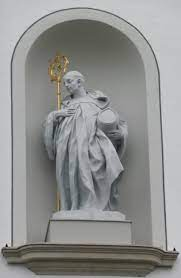
Two monks of the Abbey of St Gall, Magnus von Füssen and Theodor, founded the monasteries in Füssen and Kempten in the Allgäu region.


With the increase in the number of monks the Abbey grew stronger also economically.
Much land in Thurgau, Zürichgau, and in the rest of Alemannia as far as the Neckar River was transferred to the Abbey.

Under Abbot Waldo of Reichenau (740 – 814) copying of manuscripts was undertaken and a famous library was gathered.
Numerous Anglo-Saxon and Irish monks came to copy manuscripts here.

At Charlemagne’s (747 – 814) request, Pope Adrian I (700 – 795) sent distinguished chanters from Rome, who propagated the use of the Gregorian chant.

In 744, the Alemannic nobleman Beata sold several properties to the Abbey in order to finance his journey to Rome.

In the 830s, under Abbot Gozbert (d. 850), Saint Gall became a cultural centre, as many still existing documents from his time affirm.
He paid special attention to the Abbey Library and had close ties to one of the main scribes there, Wolfcoz.

Wolfcoz I was a medieval scribe and painter of illuminated manuscripts, working in the scriptorium of the Abbey of Saint Gall.
He entered the monastery some time before 813.
Fourteen known documents by Wolfcoz’s hand were created between 816 and 822, including parts of the Wolfcoz Psalter and the Zürich Psalter.
In Wolfcoz’ time, the scriptorium of the Abbey entered a golden age, producing manuscripts of high quality and establishing the Abbey Library of Saint Gall as a centre of Alemannic German culture.
The Abbey Library still has three manuscripts penned by Wolfcoz.
He developed the Allemanic minuscule and also the decoration of initials.

Gozbert was the recipient (and employer?) of the Plan of Saint Gall, which was made around 820 in Reichenau.
How closely his monastery actually resembled this ideal plan is unknown.

The monastery was eventually freed from its dependence upon the Bishopric of Konstanz.

King Louis the Pious confirmed in 833 the immunity of the Abbey and allowed the monks the free choice of their abbot.

In 854, finally, the Abbey of St Gall reached its full autonomy by King Louis the German (806 – 876) releasing the Abbey from the obligation to pay tithes to the Bishop of Konstanz.

From this time until the 10th century, the Abbey flourished.
It was home to several famous scholars, including Notker of Liège (940 – 1008), Notker the Stammerer (840 – 912), Notker Labeo (950 – 1022), Tuotilo (850 – 915) and Hartker (who developed the antiphonal liturgical books (choir books) for the Abbey).





During the 9th century a new, larger Church was built and the Library was expanded.
Manuscripts on a wide variety of topics were purchased by the Abbey and copies were made.
Over 400 manuscripts from this time have survived and are still in the Library today.

Emperor Louis the Pious (778 – 840) made the monastery an imperial institution.

In 926 the Magyars threatened the Abbey and the books had to be removed to Reichenau for safety.

Not all the books were returned.

Hungarian troops entered Swabia, as allies of the new Italian King, Hugh the Great (880 – 947), besieged Augsburg, and then occupied the Abbey of Saint Gallen, where they spared the life of the monk Heribald, whose accounts give a detailed description about their traditions and way of life.


The “Golden Age” of St. Gallen ended abruptly on 1 May 926, after travellers reported in the spring that the Hungarians were already advancing on their campaigns as far as Lake Constance.
Since the dukes could not build up a joint defense in the divided East Frankish kingdom, they had nothing to oppose the plundering and pillaging gangs.

Abbot Engilbert decided to bring the students, the elderly and the sick to safety in the moated castle near Lindau, which belonged to the monastery.

Many of the writings were hidden in the friendly monastery of Reichenau.
The monks took themselves and the valuable cult objects to a refuge of safety in the Sitterswald.

At her express request, the hermit Wiborada was the only one left behind in the walled-up church of St. Mangen in the deserted town.

From the Abbey the Magyars sent minor units to reconnoitre and plunder the surroundings.
When the Hungarians raided the city, they found nothing of value.
They damaged buildings and altars and burned down the town’s wooden houses.
The attackers also found Wiborada, but no entrance to their walled-up hermitage.
Fire couldn’t harm her or the church, so the Hungarians uncovered the roof and killed her.
The Hungarians did not dare to attack the monks’ refuge because of its inaccessible location.
They were even attacked by the retreating monks.
After the Hungarians left, the monks returned with the residents and rebuilt the damaged and burnt down houses.
One of their units killed Wiborada who lived as an anchoress (female hermit) in a wood nearby.

Wiborada was born to a wealthy noble family in Swabia.
When they invited the sick and poor into their home, Wiborada proved a capable nurse.
Her brother Hatto became a priest.
A pilgrimage to Rome influenced Hatto to decide to become a monk at the Abbey of Saint Gall, a decision which Wiborada supported.
After the death of their parents, Wiborada joined Hatto and became a Benedictine at the Abbey of Saint Gall.

Wiborada became settled at the monastery and Hatto taught her Latin so that she could chant the Liturgy of the Hours.
There, she occupied herself by making Hatto’s clothes and helping to bind many of the books in the monastery library.
At this time, it appears that Wiborada was charged with some type of serious infraction or wrongdoing, and was subjected to the medieval practice of ordeal by fire to prove her innocence.
(Ordeal by fire was one form of torture.
The ordeal of fire typically required that the accused walk a certain distance, usually 9 feet (2.7 metres) or a certain number of paces, usually three, over red-hot ploughshares or holding a red-hot iron.
Innocence was sometimes established by a complete lack of injury, but it was more common for the wound to be bandaged and re-examined three days later by a priest, who would pronounce that God had intervened to heal it, or that it was merely festering — in which case the suspect would be exiled ot put to death.)

Although she was exonerated, the embarrassment probably influenced her next decision: withdrawing from the world and becoming an ascetic.
When she petitioned to become an anchoress, Solomon III, Bishop of Konstanz (r. 890 – 919), arranged for her to stay in a cell next to the Church of Saint George near the monastery, where she remained for four years before relocating to a cell adjoining the church of Magnus of Füssen in 891.
She became renowned for her austerity, and was said to have a gift of prophecy, both of which drew admirers and hopeful students.

One of these, a woman named Rachildis, whom Wiborada had cured of a disease, joined her as an anchoress.

A young student at St. Gall, Ulrich (890 – 973), is said to have visited Wiborada often.
Wiborda supposedly prophesied his elevation to the Episcopate of Augsburg.
(Ulrich was the first saint to be canonized not by a local authority but by the Pope.)

In 925, Wiborada predicted a Hungarian invasion of her region.
Her warning allowed the priests and religious of St. Gall and St. Magnus to hide their books and wine and escape into caves in nearby hills.
The most precious manuscripts were transferred to the monastery at Reichenau Island.
However, the main refuge castle for the monks and the Abbot was the Waldburg in the Sitterwood.
Abbot Engilbert urged Wiborada to escape to safety, but she refused to leave her cell.
On 8 May 926 the Magyar marauders reached St. Gall.
They burned down St. Magnus and broke into the roof of Wiborada’s cell.
Upon finding her kneeling in prayer, they clove her skull with a fokos (shepherd’s axe).

Her companion Rachildis was not killed, and lived another 21 years, during which her disease returned.
She spent the rest of her life learning patience through suffering.
Wiborada’s refusal to leave her cell and the part she played in saving the lives of the priests and religious of her convent have merited her the title of martyr.

On 26 April 937, a fire broke out and destroyed much of the Abbey and the adjoining settlement, though the library was undamaged.
About 954 they started to protect the monastery and buildings by a surrounding wall.
Circa 974 Abbot Notker (r. 971 – 975) (about whom almost nothing is known, except that he was the nephew of Notker Physicus (d. 975) – “the physician“) finalized the walling.
The adjoining settlements started to become the town of St Gall.

The Abbey was the northernmost place where a sighting of the 1006 supernova was recorded, likely the brightest observed stellar event in recorded history.

In 1207, Abbot Ulrich von Sax was made a Prince of the Holy Roman Empire by King Philip of Germany (1177 – 1208).

The Abbey thus became a Princely Abbey (Reichsabtei).
As the Abbey became more involved in politics, it entered a period of decline.

The city of St. Gallen proper progressively freed itself from the rule of the Abbot, acquiring imperial immediacy, and by the late 15th century was recognized as a Free Imperial City.
By 1353 the guilds, headed by the cloth weavers guild, gained control of the civic government.
In 1415 the City bought its liberty from German King Sigismund (1368 – 1437).
During the 14th century Humanists were allowed to carry off some of the rare texts from the Abbey Library.

In the late 14th and early 15th centuries, the farmers of the Abbot’s personal estates (known as Appenzell, from the Latin abbatis cella meaning “cell (i.e. estate) of the Abbot“) began seeking independence.
In 1401, the first of the Appenzell Wars (1401 – 1429) broke out, and following the Appenzell victory at Stoss in 1405 they became allies of the Swiss Confederation in 1411.


During the Appenzell Wars, the town of St. Gallen often sided with Appenzell against the Abbey.
So when Appenzell allied with the Confederation, the town of St. Gallen followed just a few months later.
The Abbey became an ally of several members of the Swiss Confederation (Zürich, Luzern, Schwyz and Glarus) in 1451, while Appenzell and St. Gallen became full members of the Swiss Confederation in 1454.
In 1457 the town of St. Gallen became officially free from the Abbey.

In 1468 Abbot Ulrich Rösch bought the County of Toggenburg from the representative of its counts, after the family died out in 1436.
In 1487 Rösch founded a monastery at Rorschach on Lake Constance, to which he planned to move.

However, he encountered stiff resistance from the St. Gallen citizenry, other clerics, and the Appenzell nobility in the Rhine Valley who were concerned about their holdings.

The town of St. Gallen wanted to restrict the increase of power of the Abbey and simultaneously increase the power of the town.
The Mayor of St. Gallen, Ulrich Varnbüler, established contact with farmers and Appenzell residents (led by the fanatical Hermann Schwendiner) who were seeking an opportunity to weaken the Abbot.
Initially, Varnbüler protested to the Abbot and the representatives of the four sponsoring Confederate cantons (Zürich, Lucerne, Schwyz, and Glarus) against the construction of the new Abbey in Rorschach.
Then on 28 July 1489 he had armed troops from St. Gallen and Appenzell destroy the buildings already under construction.

When the Abbot complained to the Confederates about the damages and demanded full compensation, Varnbüler responded with a counter suit and in cooperation with Schwendiner rejected the arbitration efforts of the non-partisan Confederates.
He motivated the clerics from Wil to Rorschach to discard their loyalty to the Abbey and spoke against the Abbey at a town meeting in Waldkirch, where the popular league was formed.
He was confident that the four sponsoring cantons would not intervene with force, due to the prevailing tensions between the Confederation and the Swabian League.
He was strengthened in his resolve by the fact that the people of St. Gallen elected him again to the highest magistrate in 1490.

However, in early 1490 the four cantons decided to carry out their duty to the Abbey and to invade the St. Gallen canton with an armed force.
The people of Appenzell and the local clerics submitted to this force without noteworthy resistance, while the city of St. Gallen braced for a fight to the finish.
However, when they learned that their compatriots had given up the fight, they lost confidence.
The end result was that they concluded a peace pact that greatly restricted the city’s powers and burdened the city with serious penalties and reparations payments.

Varnbüler and Schwendiner fled to the court of King Maximilian (1459 – 1519) and lost all their property in St. Gallen and Appenzell.
However, the Abbot’s reliance on the Swiss to support him reduced his position almost to that of a “subject district“.

The town adopted the Reformation in 1524, while the Abbey remained Catholic, which damaged relations between the town and Abbey.
Both the Abbot and a representative of the town were admitted to the Swiss Tagsatzung (parliament) as the closest associates of the Confederation.
In the 16th century the Abbey was raided by Calvinist groups, who scattered many of the old books.

In 1530, Abbot Diethelm began a restoration that stopped the decline and led to an expansion of the schools and library.
Under Abbot Pius Reher (r. 1630 – 1654) a printing press was started.

In 1712 during the Toggenburg War (also called the Second War of Villmergen), the Abbey of St. Gall was pillaged by the Confederation.
They took most of the books and manuscripts to Zürich and Bern.
For security, the Abbey was forced to request the protection of the townspeople of St. Gallen.
Until 1457 the townspeople had been serfs of the Abbey, but they had grown in power until they were protecting the Abbey.

Following the disturbances, the Abbey was still the largest religious city-state in Switzerland, with over 77,000 inhabitants.
A final attempt to expand the abbey resulted in the demolition of most of the medieval monastery.
The new structures, including the Cathedral by architect Peter Thumb (1681–1766), were designed in the late Baroque style and constructed between 1755 and 1768.

The large and ornate new Abbey did not remain a monastery for very long.
In 1798 the Prince-Abbot’s secular power was suppressed and the Abbey was secularized.
The monks were driven out and moved into other abbeys.
The Abbey became a separate See (a bishop’s ecclesiastical jurisdiction) in 1846, with the Abbey church as its Cathedral and a portion of the monastic buildings reserved for the Bishop.

The Abbey of St. Gall, the monastery and especially its celebrated scriptorium played an illustrious part in Catholic and intellectual history until it was secularised in 1798.
The former Abbey church became a Cathedral in 1848.
Since 1983 the abbey precinct has been a UNESCO World Heritage Site, as “a perfect example of a great Carolingian monastery”.

St. Gall is the name of a wheel shaped hard cheese made from the milk of Friesian cows, which won a Gold Medal at the World Cheese Awards held in Dublin 2008.

Canadian writer Robertson Davies, in his book, The Manticore, interprets the legend in Swiss psychologist Carl Jung (1875 – 1961) terms.
In the final scene of the novel where David Staunton is celebrating Christmas with Lizelloti Fitziputli, Magnus Eisengrim, and Dunstan Ramsay, he is given a gingerbread bear.
Ramsay explains that Gall made a pact of peace with a bear who was terrorizing the citizens of the nearby village.
They would feed the bear gingerbread and the bear would refrain from eating them.
The parable is presented as a Jungian exhortation to make peace with one’s dark side.
This Jungian interpretation is however incompatible with Catholic Orthodoxy which Gall promoted.
It is all a matter of what you choose to believe.

Even today, the Abbey Library is celebrated as Switzerland’s finest secular Rococo interior and one of the oldest libraries in Europe with its huge collection of rare medieval books and manuscripts.
The visitor enters beneath a sign that reads YUCHS IATREION (Greek for “Pharmacy of the Soul“).
By the entrance are dozens of oversized felt grey slippers.
Slip your shoe-clad feet into a pair, to protect the inlaid wooden floor.

The 28m X 10m room is dynamic.
Designed by the same Peter Thumb who worked on the Cathedral, the Library’s orthodox Baroque architecture is overlaid with opulent Rococo decoration.
The four ceiling frescoes by Josef Wannenmacher depict with bold trompe l’oeil perspectives the early Christian theological Councils of Nicaea (modern Iznik, Turkey), Constantinople (modern Istanbul), Ephesus (modern Selçuk, Turkey), and Chalcedon (Kadiköy district, Istanbul).




Among the wealth of smaller frescoes set among the ceiling stucco, in the corner directly above the entrance door, you will spot the Venerable Bede, a 7th century English monk from Northumbria who wrote one of the first histories of England.

Above: The Venerable Bede (672 – 735), The Last Chapter, J. Boyle Penrose

The books are ranged on floor-to-ceiling shelves all around.
Its list of cultural treasures among its over 160,000 volumes is extraordinary.
There are more Irish manuscripts in St. Gallen than there are in Dublin, with 15 handwritten examples including a Latin manuscript of the Gospels dating from 750.
Other works include:
- an astronomical textbook written in 300 BCE
- copies made in the 5th century of works by Virgil, Horace and other classical authors
- texts written by the Venerable Bede in his original Northumbrian language
- the oldest book to have survived in German, dating from the 8th century

Above: Abbey Library
One of the more interesting documents in the Stiftsbibliothek is a copy of Priscian’s (circa 500) Institutiones grammaticae, (the standard textbook for the study of Latin during the Middle Ages), which contains the poem Is acher in gaith in-nocht, written in Old Irish.

The Library also preserves a unique 9th century document, known as the Plan of St. Gall, the only surviving major architectural drawing from the roughly 700-year period between the fall of the Western Roman Empire and the 13th century.
The Plan drawn was never actually built, and was so named because it was kept at the famous medieval monastery library, where it remains to this day.
The Plan was an ideal of what a well-designed and well-supplied monastery should have, as envisioned by one of the synods held at Aachen (814 – 817) for the reform of monasticism in the Frankish Empire during the early years of Emperor Louis the Pious.

A late 9th century drawing of St. Paul lecturing an agitated crowd of Jews and Gentiles, part of a copy of a Pauline epistles produced at and still held by the Monastery, was included in a medieval drawing show at the Metropolitan Museum of Art in New York City in the summer of 2009.
A reviewer noted that the artist had “a special talent for depicting hair, with the saint’s beard ending in curling droplets of ink“.

St. Gall is noted for its early use of the neume, the basic element of Western and Eastern systems of musical notation prior to the invention of five-line staff notation.
The earliest extant manuscripts are from the 9th or 10th century.

A few treasures of the Library are displayed in glass cases, with exhibits changed regularly.
Incongruously (as in “What the Hell is this doing here?“), there is an Egyptian mummy dating from 700 BCE, a gift to the mayor of St. Gallen in the early 19th century.
Unsure of what to do with it, he plonked it in this corner of the Library, where it has since remained.

Diagonally opposite stands a beautifully intricate 2.3m-high globe depicting both celestial and earthly maps.
It is, in fact, a replica.
The original, dating from 1570, was stolen by Zürich troops in 1712 and stands in the National Museum.
To resolve the dispute, Canton Zürich agreed to produce this copy, which was completed in 2009.

I find myself thinking of the reverence that is given to copies.
A globe is replicated and its replication is mentioned in the smallest print possible with the least fanfare required.
Those who do not question its authenticity need not know it isn’t the original.

This leads to me to ponder:
How far from the origins of our religions have we strayed?

We are told that Christ existed but the proof lies solely in the Gospels which promote His Name.
We are told that Muhammad existed but it is blasphemy to even sketch a likeness of how the Prophet may have looked.
We choose to believe in that which we can neither prove nor disprove.
Much like love, faith is manifested not in what is professed but rather by how it is manifested in the lives of its true believers.
By deeds we decide our dedication.
By actions we activate our ardour.

All of which leaves me thinking of the Chris Nolan film The Dark Knight….

It’s not about what I want, it’s about what’s FAIR!
You thought we could be decent men in an indecent time.
But you were wrong.
The world is cruel and the only morality in a cruel world is chance.
Unbiased, unprejudiced, fair.

Because sometimes…
The truth isn’t good enough.
Sometimes people deserve more.
Sometimes people deserve to have their faith rewarded.

Perhaps this is why we build cathedrals and mosques and temples?
To show how our faith has rewarded us?

Nothing left to do
When you know that you’ve been taken
Nothing left to do
When you’re begging for a crumb
Nothing left to do
When you’ve got to go on waiting
Waiting for the miracle to come
“Waiting for the Miracle“, Leonard Cohen

According to the 2000 census, 31,978 or 44.0% were Roman Catholic, while 19,578 or 27.0% belonged to the Swiss Reformed Church.
Of the rest of the population, there were 112 individuals (or about 0.15% of the population) who belong to the Christian Catholic faith, there were 3,253 individuals (or about 4.48% of the population) who belong to the Orthodox Church, and there were 1,502 individuals (or about 2.07% of the population) who belong to another Christian church.
There were 133 individuals (or about 0.18% of the population) who were Jewish, and 4,856 (or about 6.69% of the population) who were Muslim.
There were 837 individuals (or about 1.15% of the population) who belonged to another church (not listed on the census), 7,221 (or about 9.94% of the population) belonged to no church, were agnostic or atheist, and 3,156 individuals (or about 4.35% of the population) did not answer the question.

There are 28 sites in St. Gallen that are listed as Swiss Heritage Sites of National Significance, including four religious buildings:
- the Abbey of St. Gallen

- the former Dominican Abbey of St. Katharina
The St. Gallen Monastery of St. Catherine has had a turbulent history since it was founded in 1228.
The founding document dates dates back to 30 June 1228.
It is a late Gothic splendour – beautiful and one of the oldest buildings in the city.
The history of the order goes back to the 13th and 14th centuries.
The monastery was named after the martyr Catherine of Alexandria.
Until 1266 St. Catherine was a monastery of the Augustinians, until in 1368 the resident nuns adopted the Dominican rule.
The great fire of 20 April 1418 greatly affected the monastery.
The last woman entering the monastery, Katharina von Watt, was a sister of the longtime Mayor and patron of the Reformation, Joachim von Watt (Vadian).
In 1527 the monastery became a victim of the Reformation:
Council servants commissioned by the authorities entered into the monastery church and destroyed the cult objects.
In 1555 the last sisters left the St. Gallen Monastery of St. Catherine.
Today only the cloister and the church have survived from the monastery complex.
You can walk through the cloister and there is a library which can be visited.
There is also a old church (of course) but the opening times are said to be very special…

- the Reformed Church of St. Lawrence
The St. Laurenzen Church is the Evangelical Reformed parish church of the city of St. Gallen.
The construction of the first church is estimated to be in the middle of the 12th century.
The church was the political, religious and social center of the city republic of St. Gallen for almost 300 years and has had a lasting influence on the history of the city.
Today it is still a meeting room for the town’s local citizens.
The church takes its name from the martyr Lawrence of Rome to whom it was dedicated. It is classified as a building worthy of national protection (highest of the three protection levels) and as a monument of national importance it is therefore under federal monument protection.

- the Roman Catholic parish church of St. Maria Neudorf

One of the most important organs in Switzerland is located in the church of St. Maria Neudorf in the east of the city of St. Gallen.
Their history and construction are not commonplace.
It is a monumental organ that was built in 1927 by organ builder Willisau according to the principles of the Alsatian organ reform.
It is the largest organ in the city of St. Gallen and, with its remote control, is one of the largest surviving organs from this period.

Also worth viewing are:
- Greek Orthodox Church of St. Constantine and St. Helena with its Athonite icons and a stained glass window of the Last Judgment



- Protestant Church of Linsebühl, an impressive new Renaissance building dating from 1897
The striking Linsebühl Church, built in 1895-1897 in neo-Renaissance style, is a little off the beaten track of traffic but still central.
The richly decorated interior was extensively restored in 1992 and offers a festive and, at the same time, a somewhat playful atmosphere with excellent acoustics for music and singing.
The organ by the Goll company from Luzern, built in 1897 and restored in 1992, with pneumatic action, three manuals, a pedal and 38 registers, is one of the few surviving purely romantic organs and is known far beyond the city and canton borders.
In addition to the usually well-attended church services, some concerts take place in the Linsebühl church.
With its large forecourt and neighboring parish hall, it is also very suitable for weddings and other festive occasions.
With its galleries, the Church offers space for 810 people (The nave alone can hold 512 people).

- Catholic church of St. Martin in the Bruggen district, this concrete church built in 1936 was at that time glaringly modern
This third Catholic Church of St. Martin Bruggen was completed in 1936 next to its predecessor church.
The first chapel was consecrated in 1600 and converted into a proper church in 1639.
The second church was completed on the site of the first in 1785 and received a new tower in 1808.
After the new building and the consecration of today’s church, the southwestern old church was demolished.

The church is named after Saint Martin of Tours.
A life-size equestrian statue of him stands in front of the church, together with a beggar.

(While Martin was a soldier in the Roman army and stationed in Gaul (modern-day France), he experienced a vision, which became the most-repeated story about his life.
One winter’s day, at the gates of Amiens, Martin met a poor, unclothed man.
Martin was carrying nothing but his guns and military coat.
In a merciful act, he divided his cloak with the sword and gave half to the poor man.
The following night Christ appeared to Martin in a dream, dressed in half the cloak that he had given the beggar.
“I was naked and you clothed me….
What you did to one of these least of these my brothers, you did to me.” (Matthew 25: 35 – 40) )

- Synagogue St. Gallen, built by architects Chiodera and Tschudy, it is the only synagogue in the Lake Constance region that has been preserved in its original state.

The first document mentioning Jews in St. Gall is dated in 1268.
In 1292 two houses in the town were inhabited by Jews.
On 23 February 1349, during the Black Death, Jewish inhabitants were burned or driven out.
Jews were not allowed to settle in St. Gall again until the 19th century.
The Jews, who then lived in a special quarter, the “Hinterlauben” or “Brotlauben” were accused of having poisoned the wells.
St. Gallen followed the example of other towns near the Lake of Constance, imprisoning the Jews, burning them alive, or at best expelling them and confiscating their property.
For a long time after this event no Jews lived in St. Gall.
In modern times the right of settlement was granted only very exceptionally to a few Jews, who had to pay heavily for the concession.
Even after the wars of independence the St. Gallen “Jews’ Law” of 15 May 1818, though not strictly enforced by the government, placed the Jews under severe restrictions.
These laws remained on the statute books until the emancipation of the Jews of Switzerland in February 1863.
On 8 April 1864, the present Jewish community was constituted, the members having moved to St. Gall from the nearby town of Hohenems (Austria).
On 21 September 1881, the present synagogue was consecrated.
Religious services were organized, Hebrew and religious classes founded.
Soon afterward the cemetery was laid out.
The dead had previously been conveyed to one of the neighboring communities.

Jews played a prominent role in the St. Gall textile industry until 1912, especially in the famous embroidery branch.
In 1919 refugees from Eastern Europe settled in St. Gallen, forming a separate community.
German and Austrian Jewish refugees began crossing the border into the Canton in 1938, and a refugee care organization was set up there.

From 1939 to 1944 the town was the centre for preparing Jewish refugee children for Youth Aliyah to Palestine.

In 1944, 1,350 Jews (mostly Hungarian) from the Bergen-Belsen concentration camp were brought to St. Gallen.

A year later 1,200 Jews from Theresienstadt concentration camp arrived.


Police officer Paul Grüninger, later designated as “Righteous among the Gentiles“, helped Jewish refugees after 1938.

He was ousted from office, lost his pension, and died in misery.
Years after his death, citizens fought successfully for his posthumous rehabilitation.
A square in St. Gallen is named after him.



The Jewish inhabitants of St. Gallen increased numerically over the course of time through frequent migrations from the communities of Endingen and Lengnau, Gailingen (Baden), Laupheim (Württemberg), and from other places.
The Jews of St. Gallen exceed 500 in a total population of over 33,000.

The El Hidaje Mosque is an unassuming building that received public attention when a man was shot dead during a Friday prayer on 22 August 2014.
Police arrested an individual with a handgun when they were called after reports of gunfire.
A man was found dead in the mosque’s prayer room, a police spokesman said.
Around 300 people were reportedly in the mosque for Friday prayers at the time of the shooting.
It was not immediately clear what the motive may have been.
Witnesses believe the killing may have been linked to a family dispute dating back a number of years, Swiss newspaper 20 Minutes reported.
The El-Hidaje mosque is used by St Gallen’s Albanian Muslim community.
Fehim Dragusha, a former Imam at the mosque, told Switzerland’s Radio FM1:
“Albanians and Muslims should not bring problems from their home country into Switzerland.“

There are at least 50 places of worship across St. Gallen where people can gather to publicly proclaim their devotion to God.
And in none of them do I get a sense of the presence of God (presuming His existence) within.
This is not to say that others are not inspired by their visits to these sanctuaries of faith, but I am not one of them.
I defend a person’s right to believe (or not believe) what they will providing this practice does no harm to others
For myself what religious feeling I may have experienced has always been in the midst of walking.
An activity of late that has gone sadly neglected since my return to Eskişehir last month, though walking is an activity that requires few expenses to do.

We live in a time where the lines of conflict have been drawn between secrecy and openness, between the consolidation and the dispersal of power, between privatization and public ownership, between power and life.
Walking has always been on the side of the latter.
Walking itself has not changed the world – though it does seem that so many religious leaders have found their particular testaments during such activity – but walking has been a rite, a tool, a reinforcement of a civil society that stands up to violence, to fear, and to repression.
Indeed, it is hard to imagine a viable civil society without the free association and the knowledge of the terrain that comes with walking.
A sequestered or passive population is not quite a citizenry.

Insidious forces are marshalled against the time, space and will to walk and against the version of humanity that act embodies.
One force is the filling-up of “the time in-between“, the time between places.
This time has been deplored as a waste, so it is filled with earphones and mobile phone screens.
The ability to appreciate this uncluttered time, the uses of the useless, has evaporated, as does appreciation of being outside – including outside the familiar.
Our mobile phones serve as a buffer against solitude, silence and thought.

We have become immobile and inactive.
We have forgotten that our bodies are built to be used, that our bodies were not meant to be passive, that our bodies are inherent sources of power.
While walking, the body and the mind can work together, so that thinking becomes a physical, rhythmic act.
Spirituality enters in as we move through urban and rural planes of existence.
Past and present combine as we relive events in our personal histories.
Each walk moves through space like a thread through fabric, sewing it together into a continuous experience – unlike the way other modes of travel chop up time and space.
It starts with a step and then another and then another, adding up like taps on a drum to a rhythm, the rhythm of walking.
Walking is an investigation, a ritual, a meditation.
We invest a universal act with particular meanings, from the erotic to the spiritual, from the revolutionary to the artistic.
A desk is no place to think on a large scale.

“An absolutely new prospect is a great happiness and I can still get this any afternoon.
Two or three hours’ walking will carry me to as strange a country as I expect ever to see.
A single farmhouse which I had not seen before is sometimes as good as the dominions of the King of Dahomey.
There is in fact a sort of harmony discoverable between the capabilities of the landscape and the threescore and ten years of human life.
It will never become quite familiar to you.“
Henry David Thoreau

It is the unpredictable incidents between official events that add up to a life, the incalculable that gives it value.
Walking is about being outside, in public space, but public space is being abandoned and eroded, eclipsed by technologies and services that don’t require leaving home.
Outside has been shadowed by fear, for strange places are always more frightening than familiar ones, so the less one wanders the more alarming it seems, and so the fewer the wanderers the more lonely and dangerous it really becomes.

The newer the place, the less public space.
Malls have replaced Main Street, the streets have no sidewalks, buildings are entered through the garage, City Hall has no plaza, and everywhere everything has walls and bars and gates.
Fear has created the landscape where to be a pedestrian is to be under suspicion.
Too many have forgotten that it is the random, the unscreened, that allows you to find what you didn’t know you were looking for.
And you don’t know a place until it surprises you.

But we have come to a place in society where the road ends, where there is no public space and we have paved Paradise to put up a parking lot, a world where leisure is shrinking and being crushed under the anxiety to produce, where bodies are not in the world but indoors in transport and buildings.
We have gained speed and lost purpose.

When you give yourself to places, they give you yourself back.
The more you come to know a place, the more you seed it with an invisible crop of memories and associations that will be waiting for your return, while new places offer up new thoughts and new possibilities.
Walking came from Africa, from evolution, and from necessity.
It went everywhere, usually looking for something.
And this is the essence of walking, the search for something intangible.

This is the essence of the pilgrimage, a literal means of spiritual journey, wherein the journey is more significant than the destination itself, for it is the journey that develops us spiritually.
Walking lets us be in that non-believer’s Paradise, that Heaven on Earth, nature.
To consider Earth holy is to connect the lowest and most material to the most high and ethereal, to close the breach between matter and spirit.
The world is holy and the sacred is underfoot rather than above.
The journey of the outside is also a journey within.

And there have been people in St. Gallen that remind me of the holy underfoot and the surprising compassion of those not out to earn their own “salvation” but who only seek to help others to find theirs.
Each time we are reunited, Augustin and I stroll through town.
He does not point out the attractions, but somehow I feel that I am seeing St. Gallen through his eyes and not my own.
His manner of expression lends majesty to the path upon which we walk.

I have known Augustin for a decade when we were both employed at the Starbucks Bahnhof St. Gallen.
He is truly a remarkable man.
Augustin – a wonderful mix of French and African…
As welcoming to Switzerland as rain in the desert….
When I broke both my arms in 2018 and needed to be rehabilitated in Mammern – 26 miles / 42 km northwest of St. Gallen – he was my sole visitor (save my wife) who came out to visit me.
Everyone has busy lives and yet he found the time – made the time – to visit someone who should have given him, should still give him, more of his time and attention.

On 22 January 2022, after very little contact or communication between us, he invited me to his new apartment he shares with his lady love Laura and he cooked us a delicious dinner and continuously gave and gave to me whatever I might desire.
I left his apartment feeling humbled and honoured by the hospitality and love shown to me.
May I always be worthy.

Augustin is one of the hardest workers I have ever had the honour of working with.
He truly gives the adage “It is not the job that brings dignity to the man. It is the man who brings dignity to the job.” meaning.

He is one of those rare individuals who may not have always been blessed with the wealth that others take for granted, but he remains generous to a fault.
He came to Switzerland in dire straits.
He spoke truth to power and his homeland’s government desired to imprison him for his sacrilege.
He remains an exile from his home, from his loved ones there, until the politics therein, perhaps, one day, changes.
He has since become a Swiss citizen and, as such, acts responsibly, deserving of that privilege.
He has built a life for himself, has found a lady love and has achieved a happiness he so richly deserves, for he has gotten from the universe what he has given to it and fortune has rewarded him accordingly.
His is one of those friendships, like so many friendships this rolling stone has been miraculously been blessed with, that needs no reciprocation and yet rewards those who treat him with dignity and respect.

Augustin is my mirror.
I cannot even begin to guess the mind of another person, but perhaps the dignity and respect I have shown him compels him to show me the same.
Despite this, I get the feeling that he does not give in order to get.
He is not good (at least, to me) out of any expectation.
Nor do I get a sense of his feeling entitled to reciprocation.
(Unlike some I have known…..)
Augustin, the Augustin I know, is a man fit to be any other man’s role model of what a good person is, of what a good person can be.
I am blessed by his friendship.

Perhaps I should not be so surprised and touched when people are nice to me.
And yet I am, almost every time, when an act of human kindness touches my life.
I am even surprised when my own wife is kind to me, for we have had our differences over the years.
(My sojourn in Turkey has not helped the relationship.)
Like most men, I am probably undeserving of a good woman’s (or perhaps even a bad woman’s) love.

I think of my last visit to Switzerland and the friends I encountered when I was there:
- Volkan, assistant Starbucks store manager and talented singer, is a man of surprising depth at times.
- Nesha, of Belgrade and Herisau, has always been a friend with whom I can share moments of laughter.
- Naomi, Canadian from Vancouver and Starbucks barista, a woman torn between ambition and affection, is a woman who leads with her heart despite the misgivings of her head.
- Alanna, Canadian from Nova Scotia, Starbucks shift manager and independent store operator, is one of the strongest women I know, whose will is as powerful as her beauty.
- Katja is a woman whose wanderlust and passion for life matches my own.
- Sinan is a young man whose maturity belies the youthfulness of his features, a good father, a good husband, a good friend.
- Michael is a young man who reminds me of myself in my younger days, so confident in what he knows, still unaware that the passage of time will confirm that there will always be more we don’t understand, that the knowledge we do have is merely a beginning, that it is never the completion of all we need to know, he is a young man who in discovering the world discovers himself.
- Sonja, former Starbucks store manager, now an independent vendor in the Luzern region, is always compassionate to me whenever we see one another.
- Ricardo, former Starbucks store manager, is another friend who is easy to misjudge, but, at least with me, he has proven ready to assist me should I ask him.
- Pedro, Starbucks store manager, started at Starbucks shortly after I did, but unlike me was determined to rise within its ranks, is a person I am proud to know, for despite his success he has always respected that I walk a different path than he does.
- Ute, my wife, my life, is as part of my being as breathing, a woman who deserves far better than myself, but Karma is a tricky thing!
These are the few I was fortunate enough to see during my last visit.
There remain others that time and circumstance prevented our reunion.
I have been blessed by these and other friends (and family) in other places (Canada, Britain, Australia, New Zealand, America, Germany, Austria, Paraguay, Turkey).

Do others see these friends different than I see them?
Most assuredly.
Some of my friends may not even like other friends of mine.
What may be said of their lives outside of my experience of them I can neither confirm nor deny.
I only judge them by their actions towards me.
And it is by their actions that I know them.
It is their actions towards me that restores my faith in humanity and in life itself.
They are my religion, my sustenance, the very breath I take, the reason I live, the courage to love.
Friends offer enormous comfort.
They help to structure your time.
They show you that you belong and can be cared about.
A man who lacks a network of friends is seriously impaired from living his life, from having a life worth living.
A man’s friends alleviate the neurotic overdependence on a wife or a girlfriend for every emotional need.
If a man, going through a “rough patch”, gets help from his friends as well as his partner, then his burden is shared.
If his problems are with his partner (as they often are) then his friends can help him through, talk sense into him, stop him acting stupidly and help him to release his grief.
I do not believe that men are as inarticulate as women claim.
We are simply inexperienced.
Our inarticulateness (a trait not shared by all men) simply comes from a history with a lack of sharing opportunities.
Millions of women complain about their male partner’s lack of feeling, their woodenness.
Men themselves (and I include myself in this) often feel numb and confused about what they really want.
But if men talked to each other more, perhaps they would understand themselves better.
Then perhaps we would then have more to say to our wives or girlfriends.
Sometimes only a man can understand what another man is feeling.
The same can be said for the empathy between women.

Men’s voices have a different tone than women’s.
Our feelings have a different tone as well.
We have more than enough feelings, but we lack the experience or opportunity to express them.
What does not help is that men are put into a double bind by society at large.
We are asked to simultaneously be more intimate and sensitive and yet be tough when needed.
As if feelings within a man need be as flexible as shifting gears in a car.
A considerable skill not innately part of ourselves.

We are reserved in expression, for expression requires trust in those who may listen.
Can we express hurt?
Can we express frustration?
Without fear of censure?
Without others minimizing these feelings?
Without advice given?
Without competition?
Men feel, but fear of showing weakness prevents expression.
Men can be noisy and wild and still be safe.
What annoys me about society is the demand that men must prove that they are men.
Men have nothing to prove.
Let men judge themselves by their own standards.
A man should not be judged for the manner in which he conveniently accommodates women.
Women have their own struggles.
Men have theirs.
Equality between the genders is only possible if there is negotiation and fairness, non-threatening behaviour (from both genders), mutual respect, mutual trust and support, honesty and accountability (from both genders), shared responsibility and economic partnership.

They are “my North, my South, my East and West,
My working week and my Sunday rest,
My noon, my midnight, my talk, my song.“
W.H. Auden

Time and distance often separates us, but while I think of them they remain ever close to my heart and are embedded in my soul.
If there is a God – and sometimes I think there just might be – then He manifests Himself in the manner in which He blesses our lives with our fellow human beings.
Everyone I meet has proven to be either a blessing or a lesson in my life.
I am humbled.
I am grateful.

Another friend once described me in the following way:
“You are a walking/living contradiction.
Shy and timid on one extreme, courageous and adventurous on the other, extremely intelligent and yet naive at the same time…”
(I have been called worse!)

“Do I contradict myself?
Very well then I contradict myself,
(I am large, I contain multitudes.)“
Walt Whitman

I find myself remembering an old Facebook post I wrote during the days I travelled by train between Landschlacht and St. Gallen:

“Normally I am unaffected by graffiti and undecided as to whether it should be viewed as an art form or as an act of vandalism.
But there is a graffiti scrawling on the wall of a factory (apple processing plant?) facing the railroad station of Neukirch-Egnach (between Romanshorn and St. Gallen) that always makes me smile for its powerful simplicity.
“You are artwork.“
Each and every one of us is a miracle, an artistic masterpiece.
Such a wise graffiti scrawl...
Heed the writing on the wall.“

What a piece of work is man,
How noble in reason, how infinite in faculty,
In form and moving how express and admirable,
In action how like an angel,
In apprehension how like a god,
The beauty of the world,
The paragon of animals.
Hamlet, Act 2, Scene ii, William Shakespeare

It is Easter Sunday, it is Passover, it is Ramadan.
I am merely a man.
Thank God.

Sources: Wikipedia / Google / Facebook / Rough Guide to Switzerland / Steve Biddulph, Manhood / Rebecca Solnit, Wanderlust: A History of Walking / Reuters, “One dead in shooting at mosque in Switzerland“, 23 August 2014






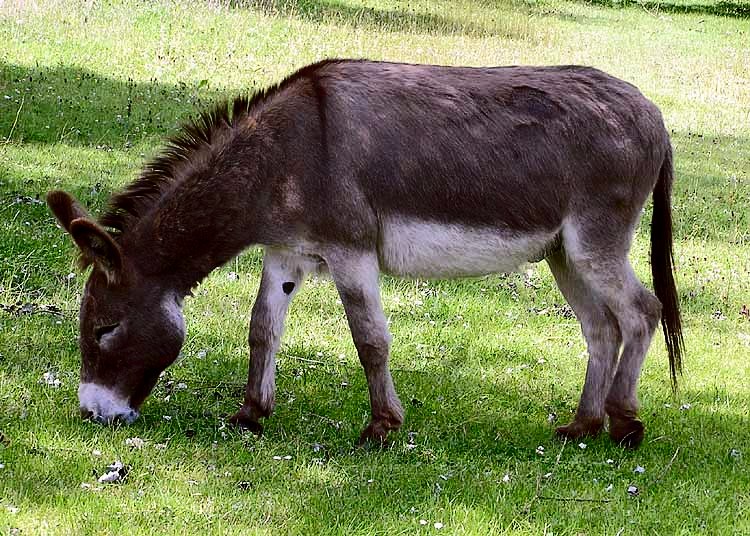






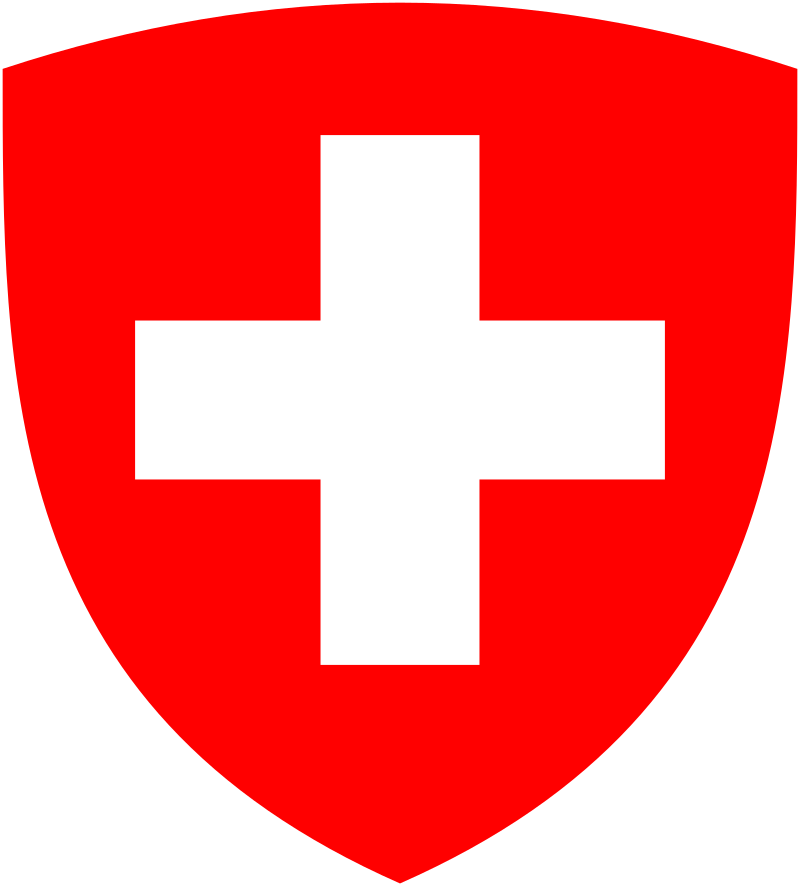






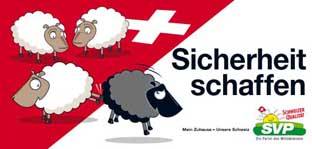


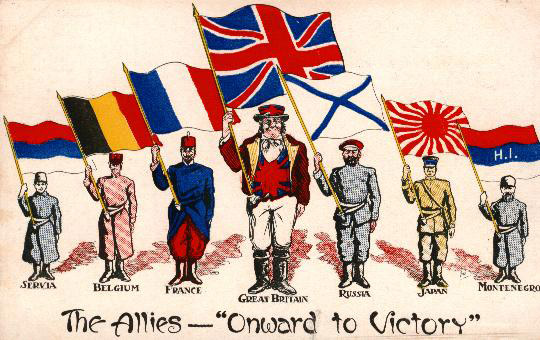





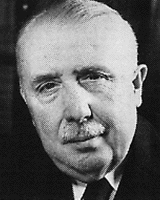





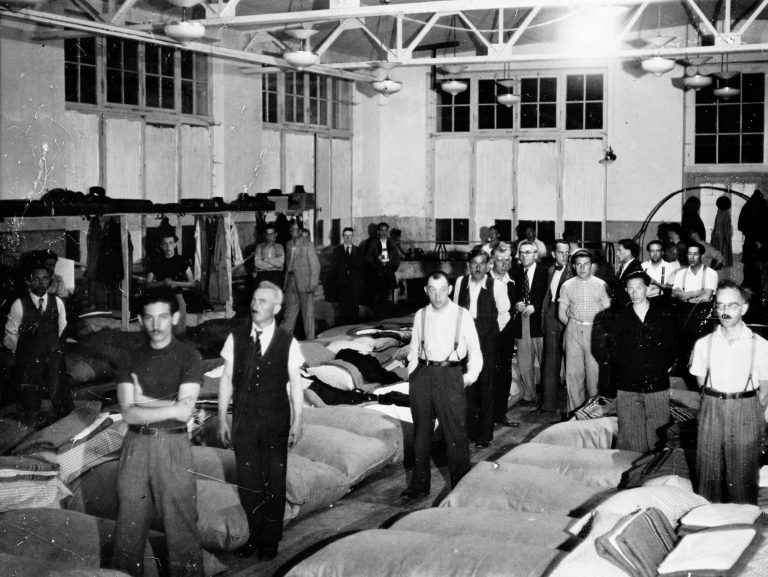
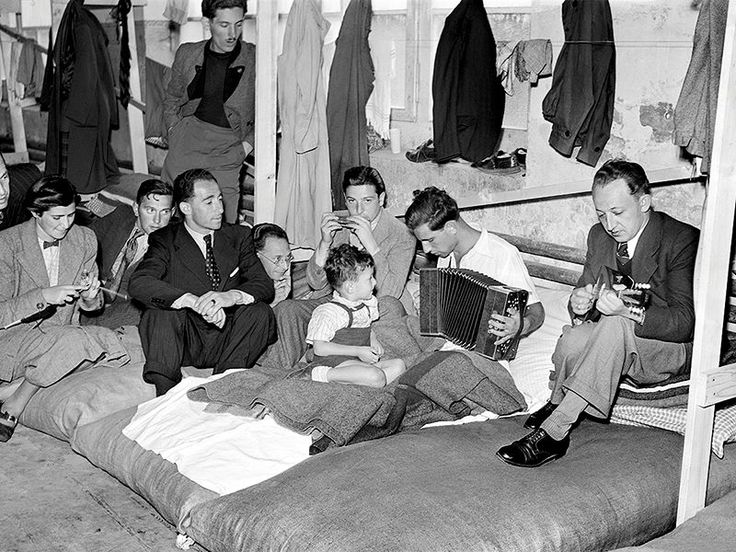








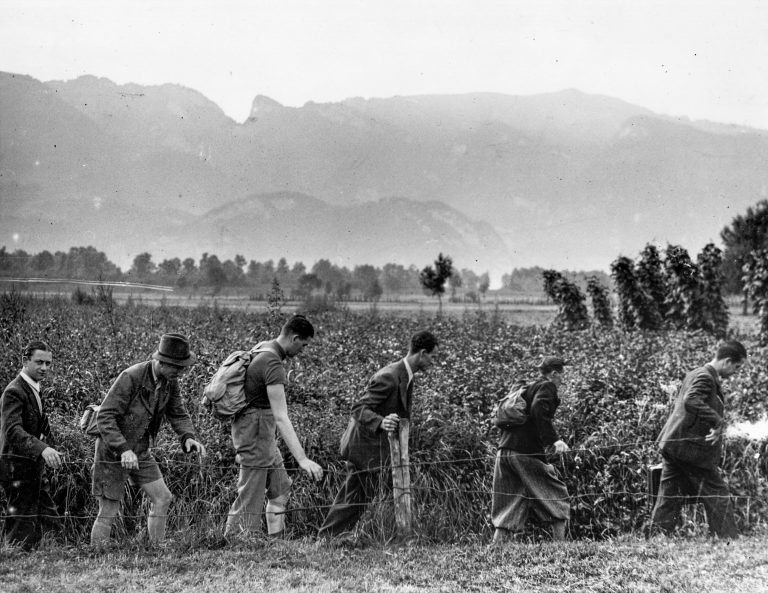
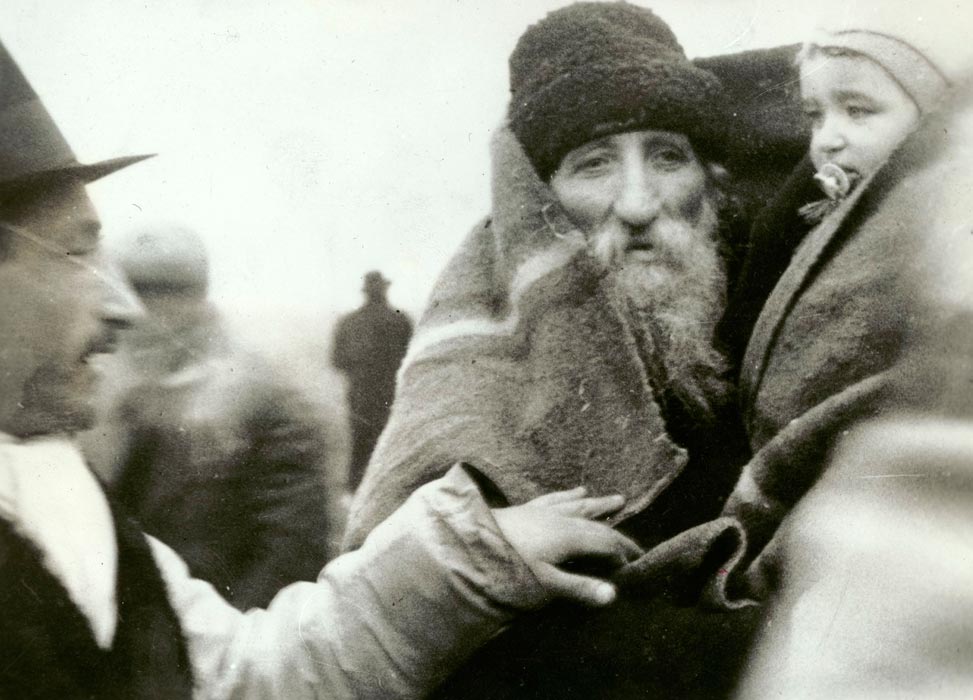











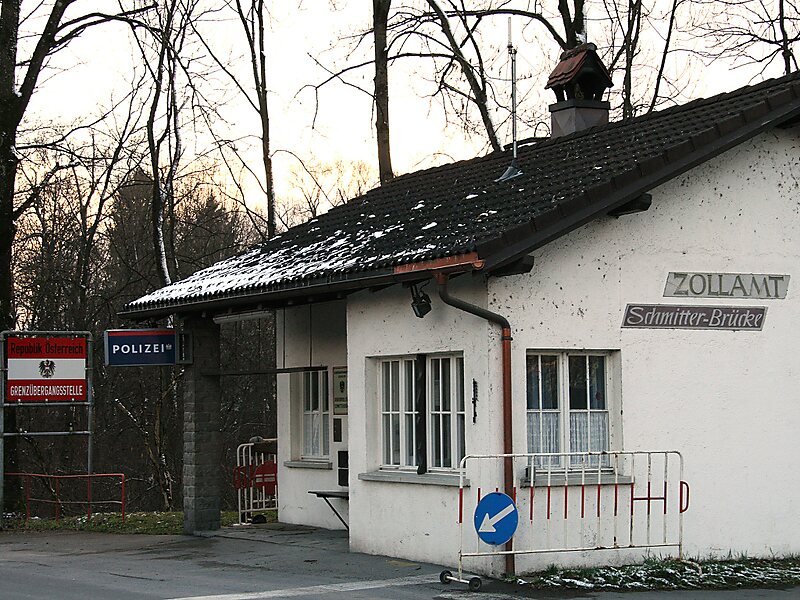
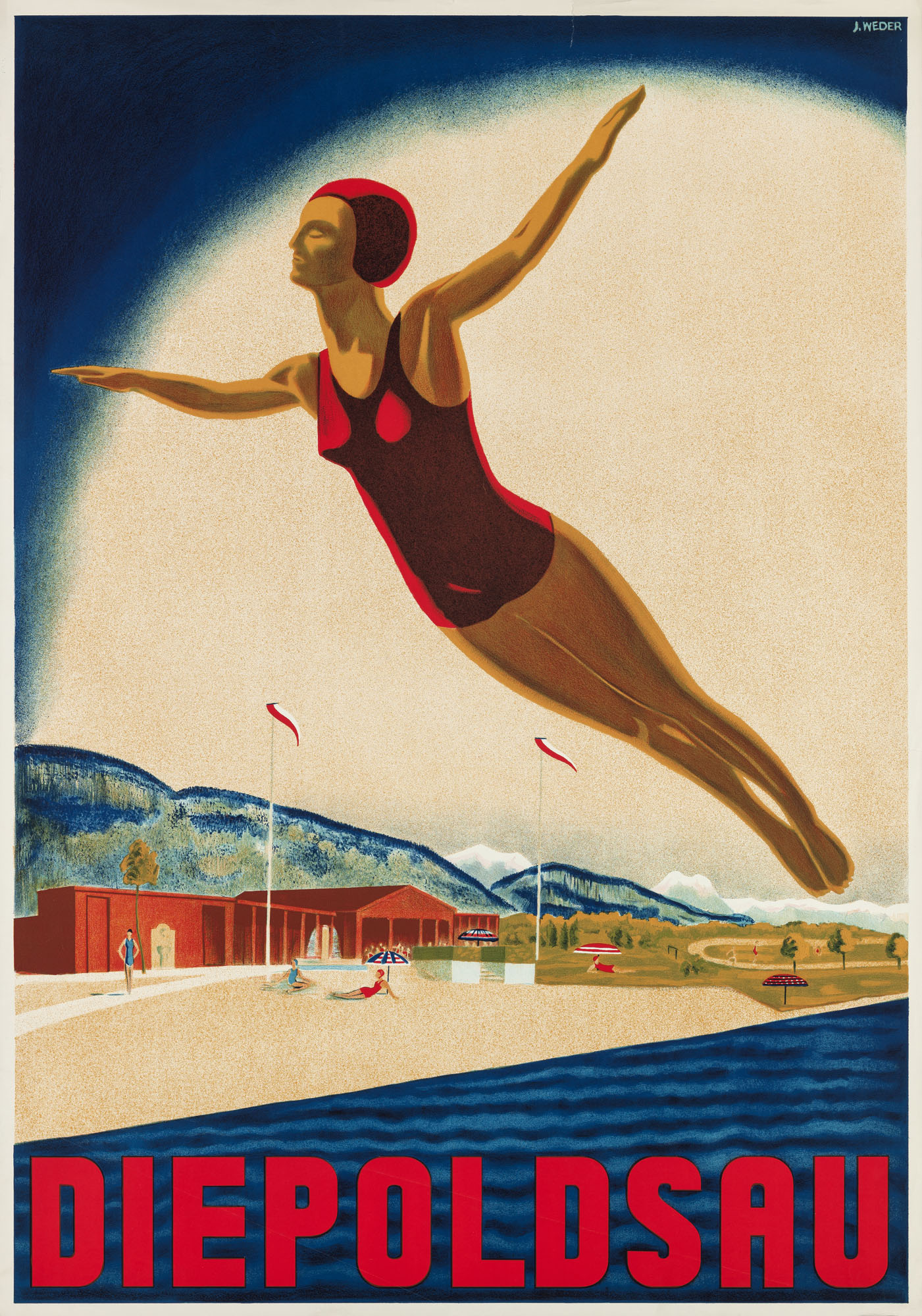





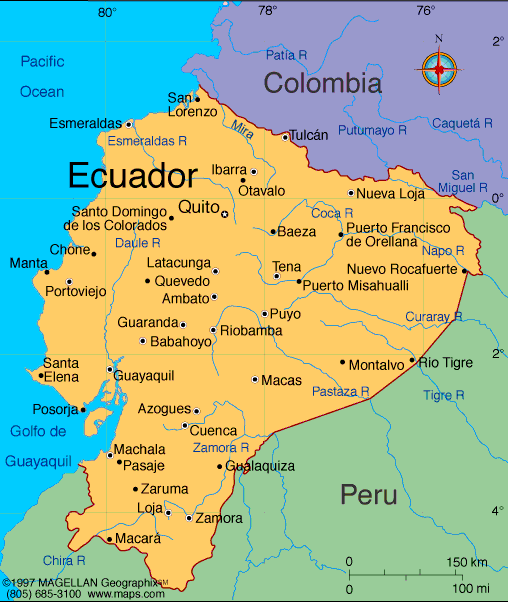

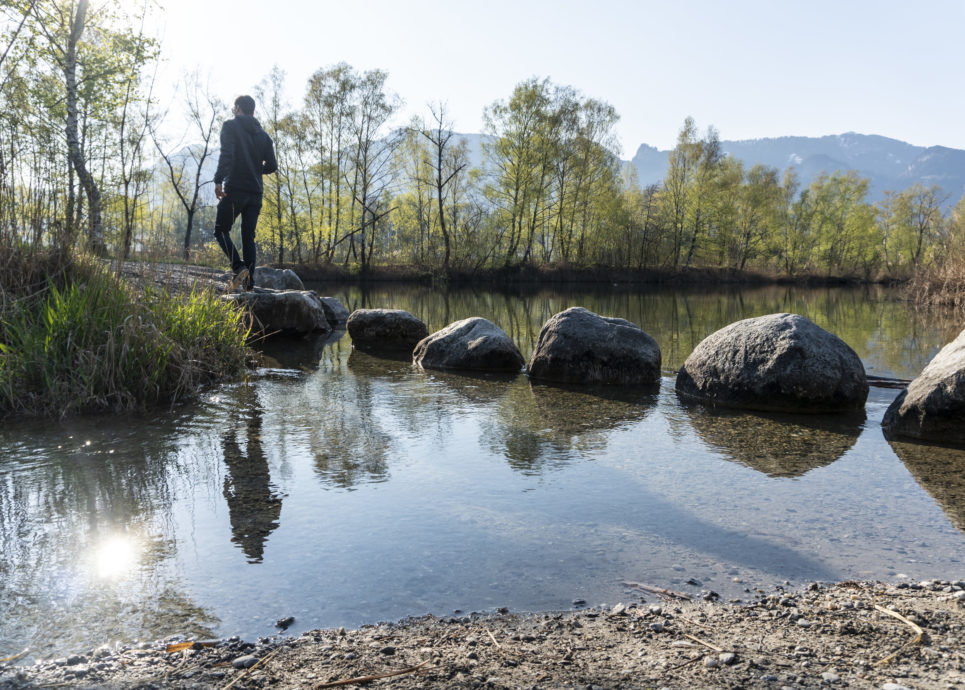



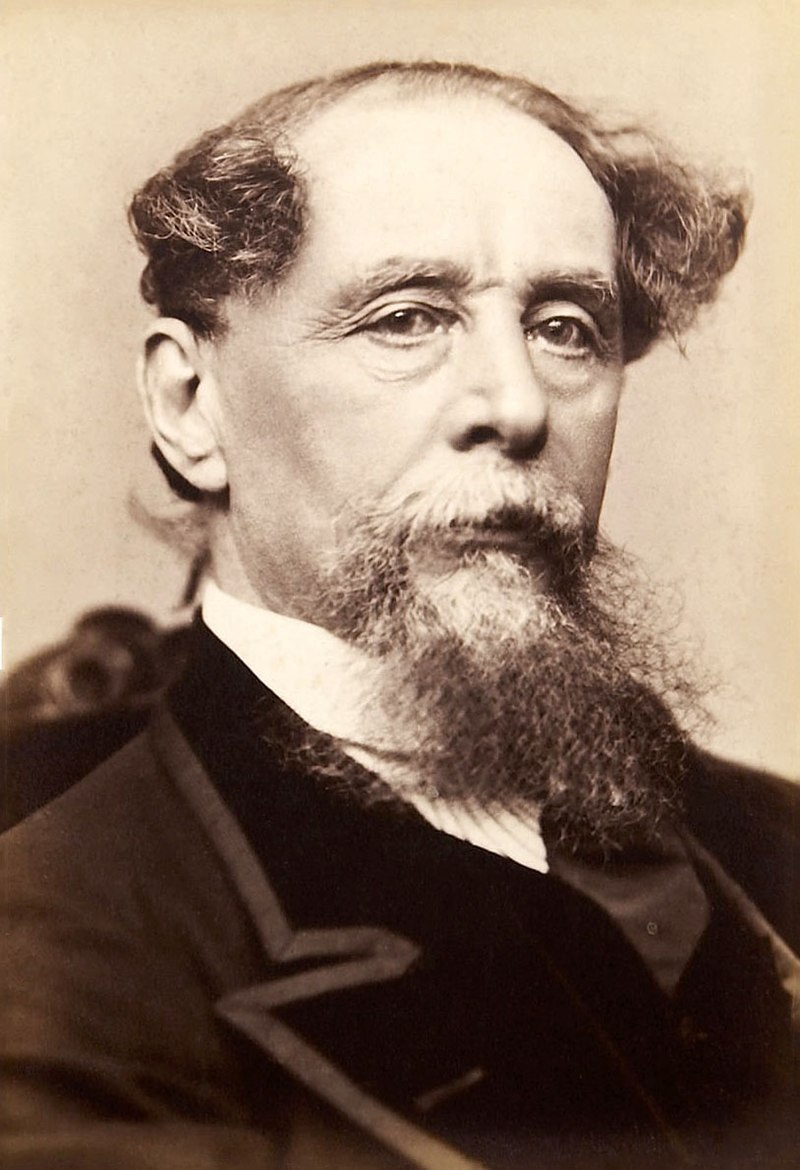

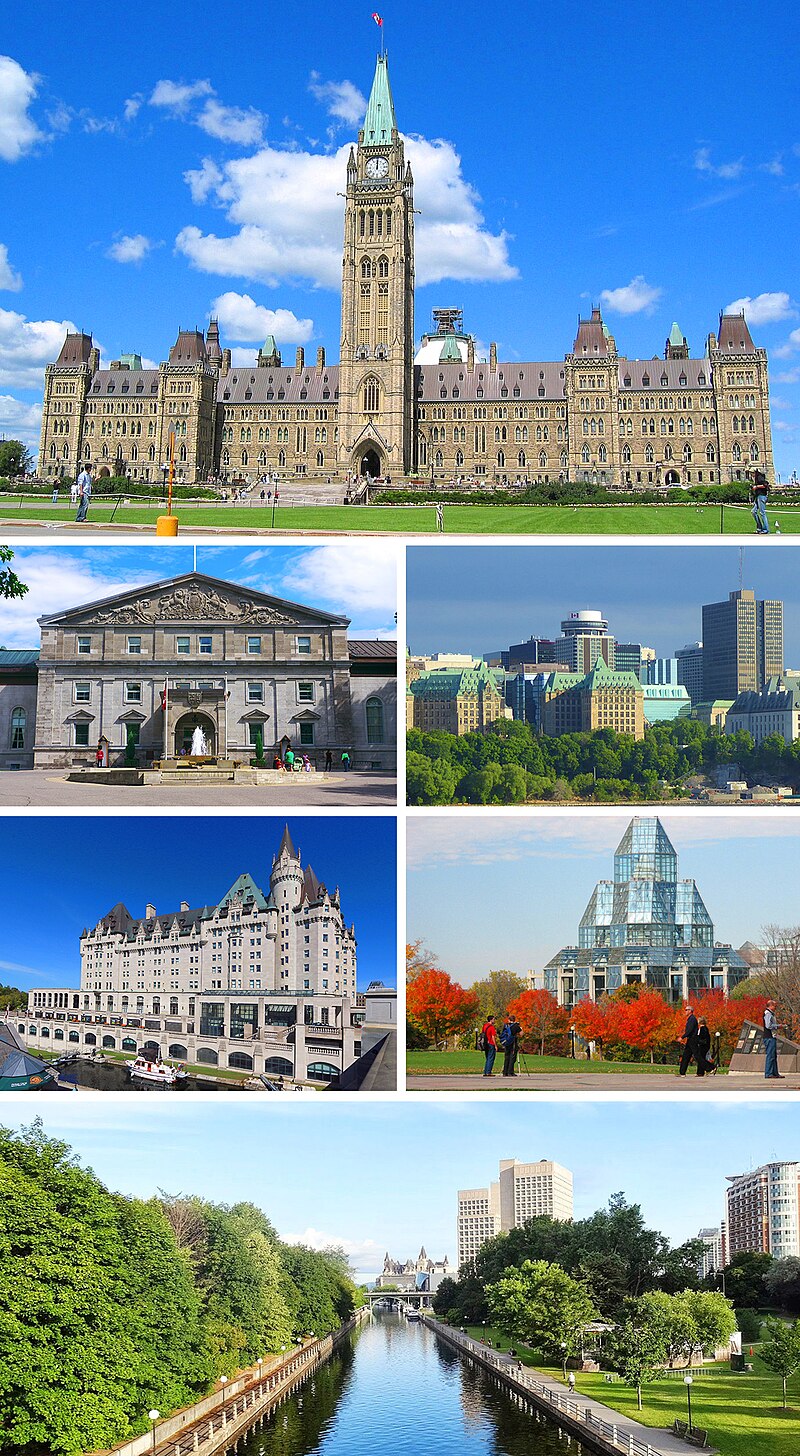


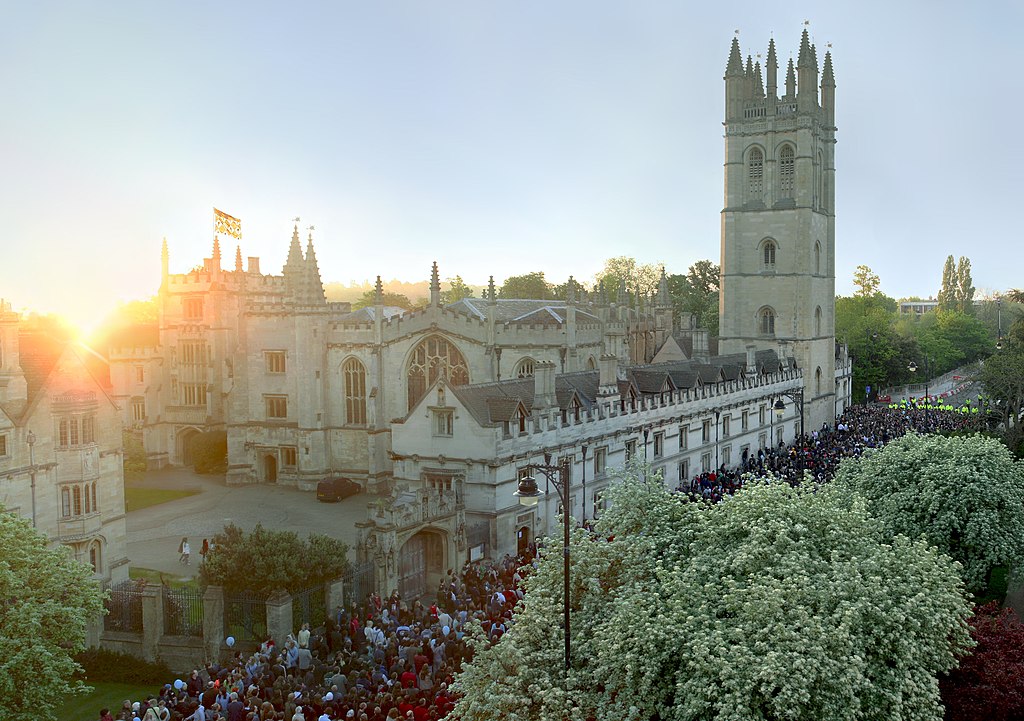

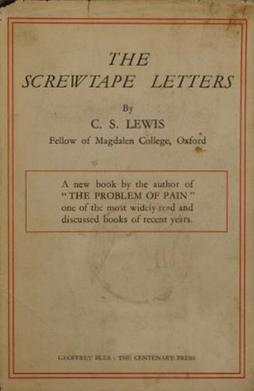






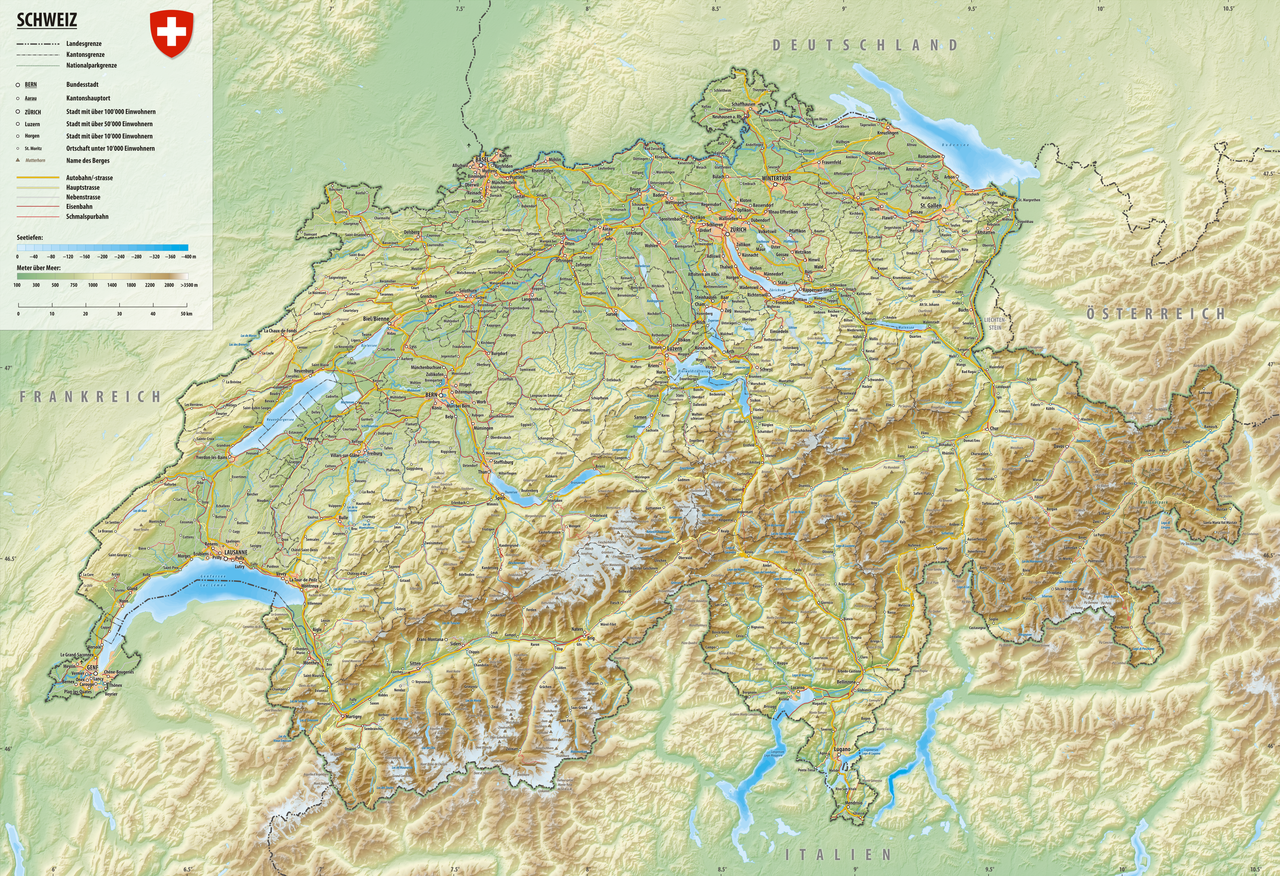
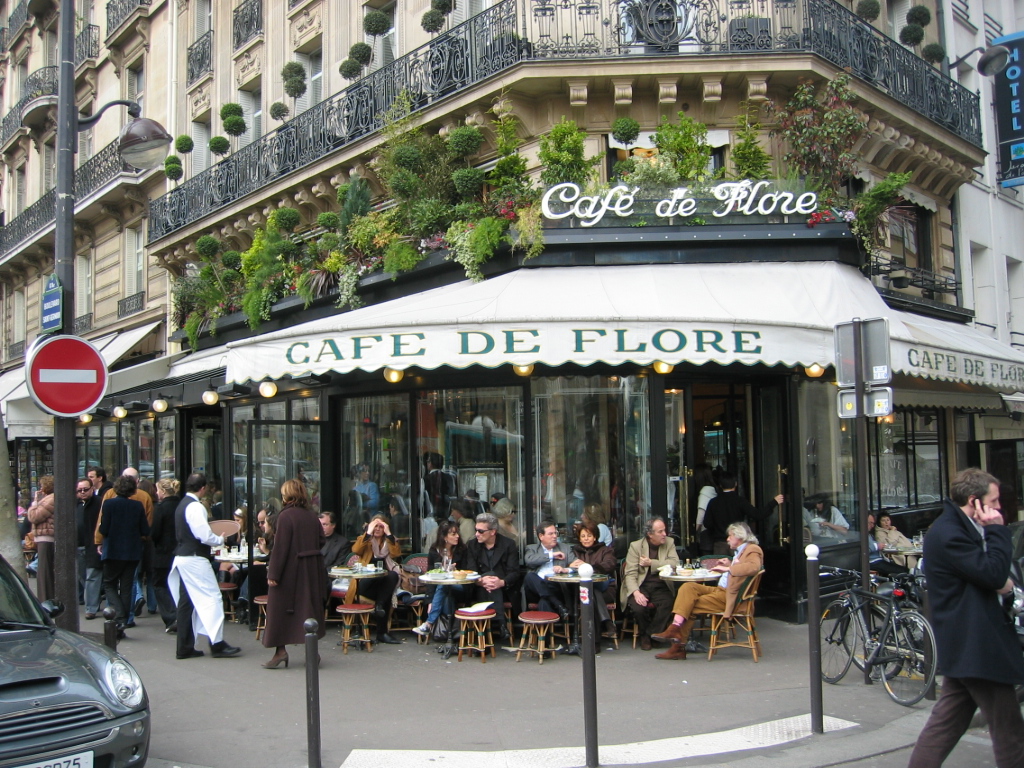


:format(jpeg):mode_rgb():quality(90)/discogs-images/R-3499969-1458956533-7155.jpeg.jpg)




:format(jpeg):mode_rgb():quality(90)/discogs-images/R-13722924-1567864239-6989.jpeg.jpg)
